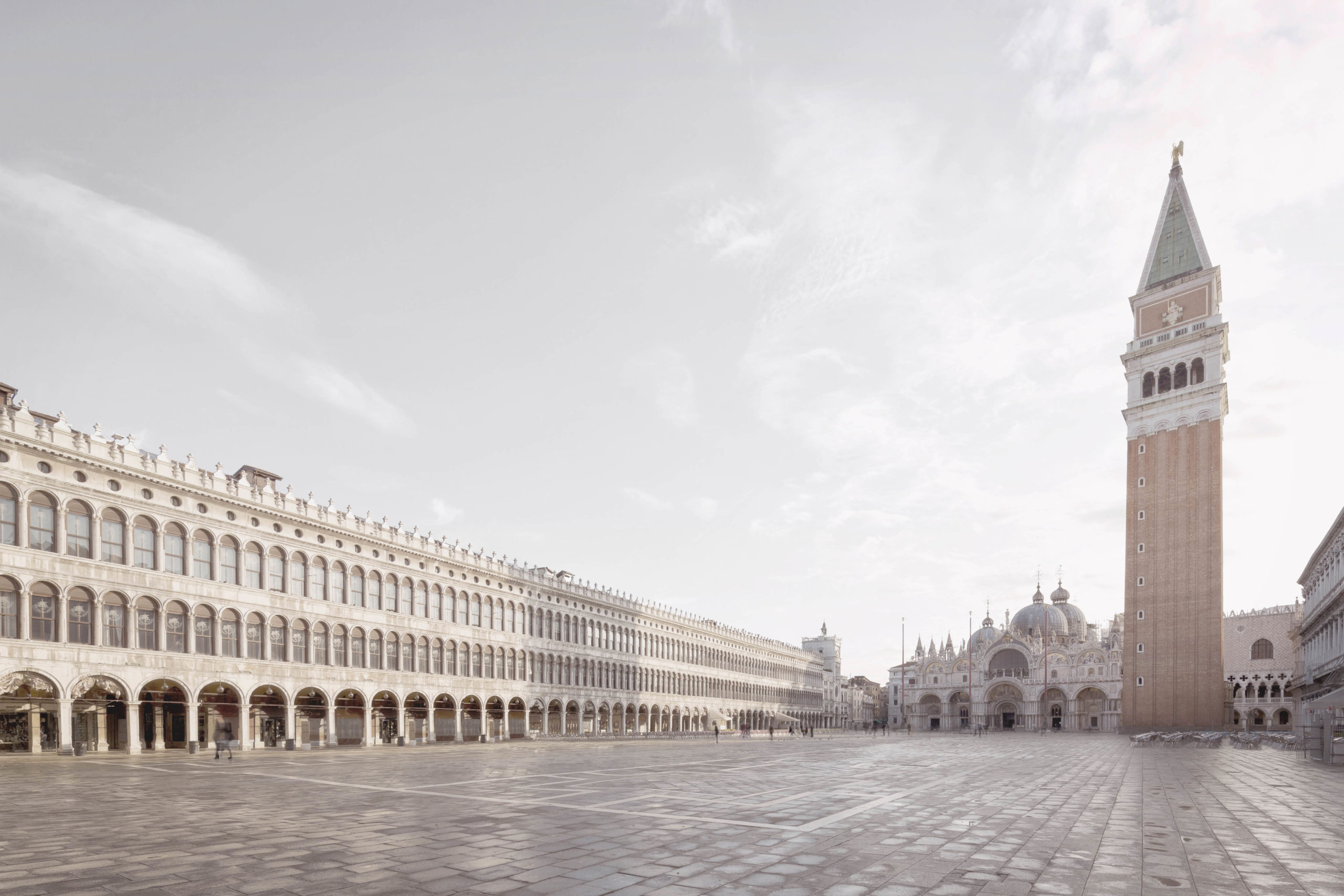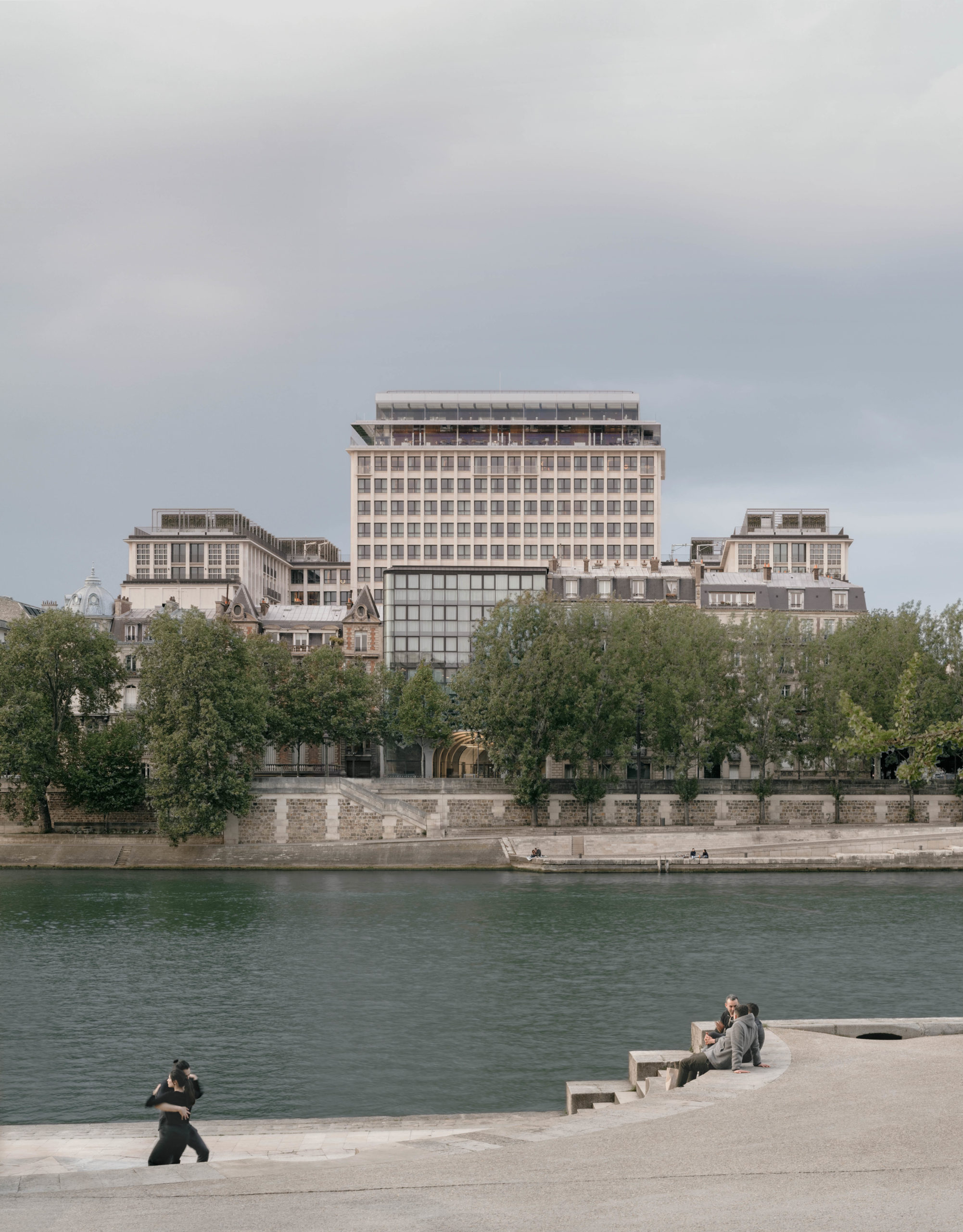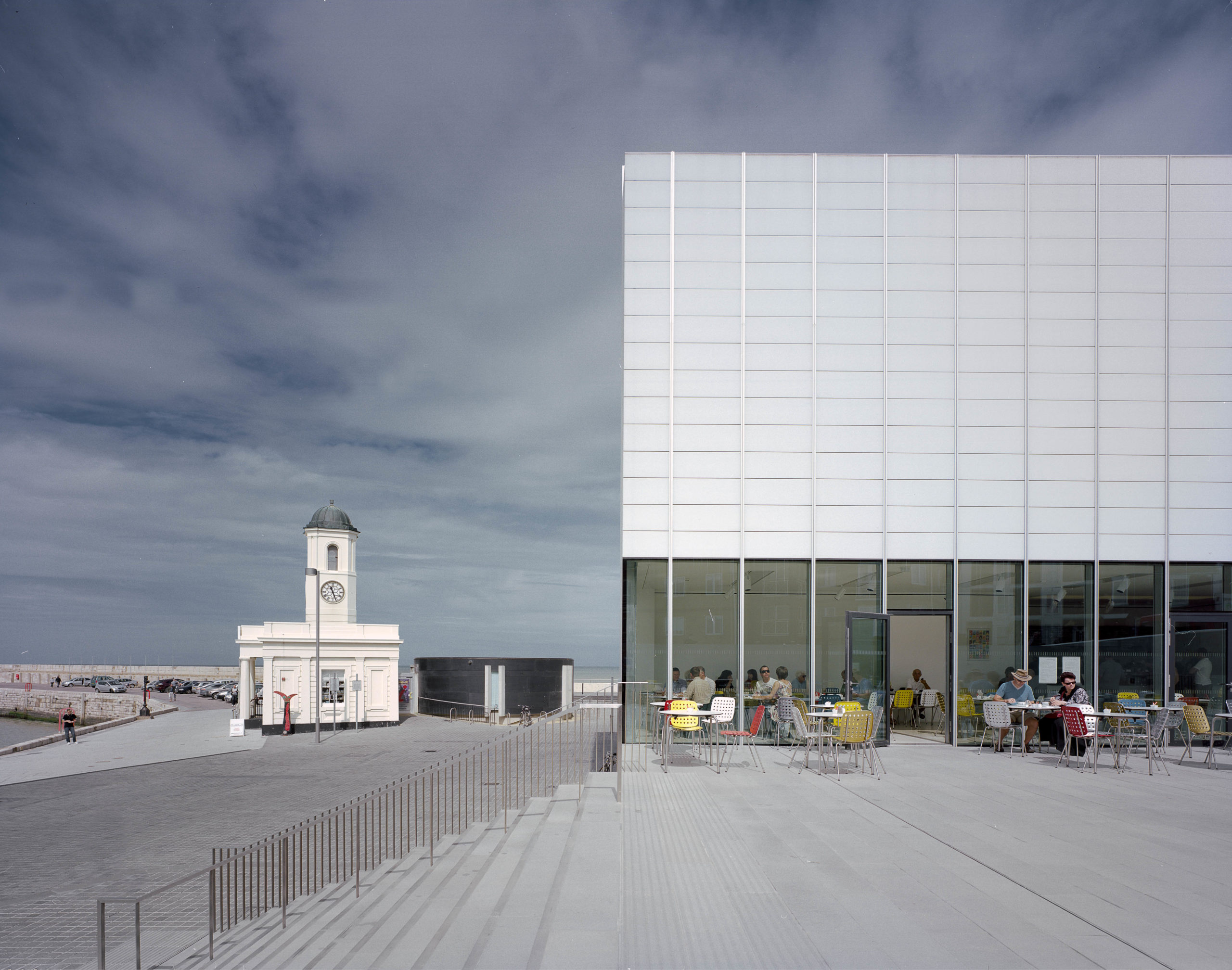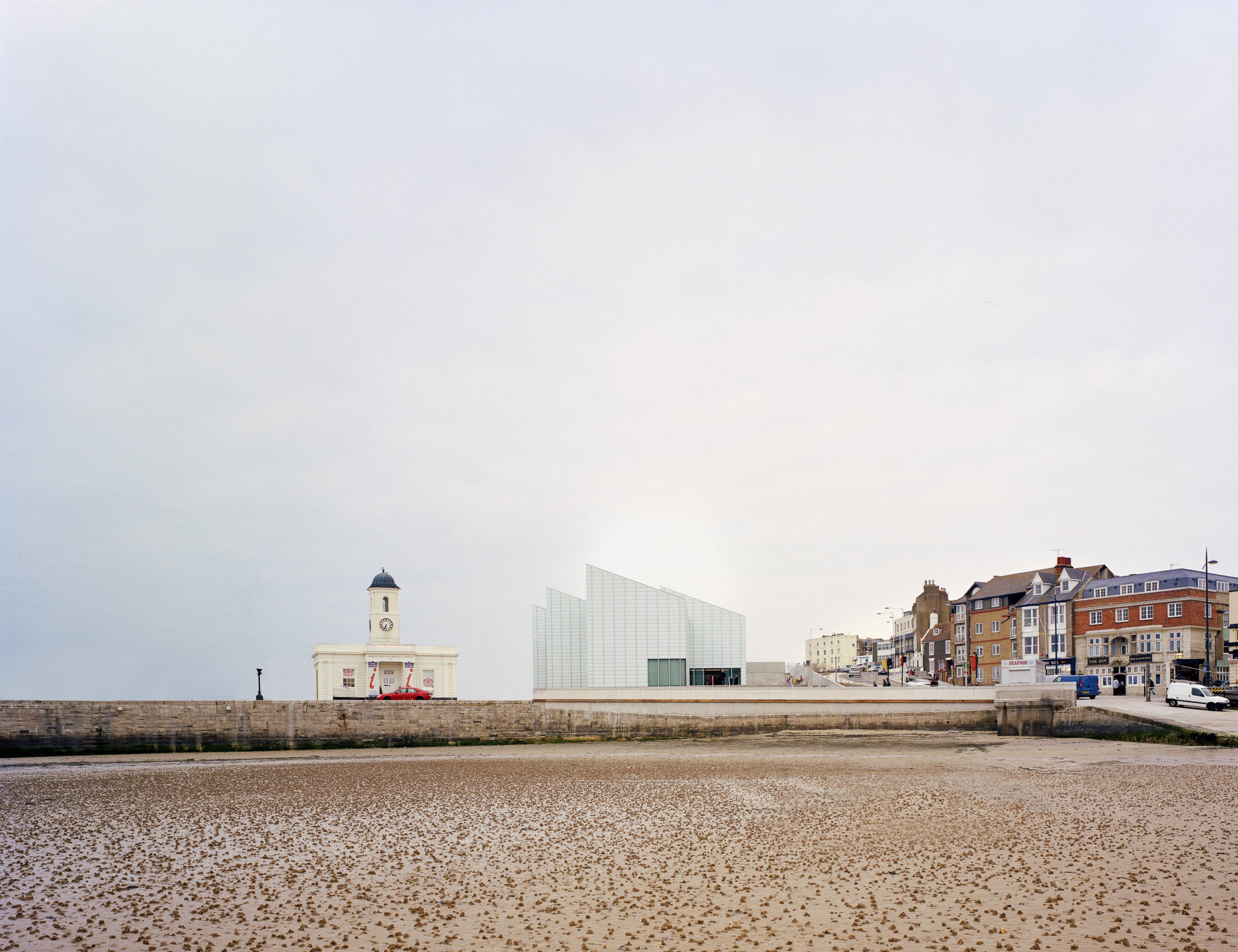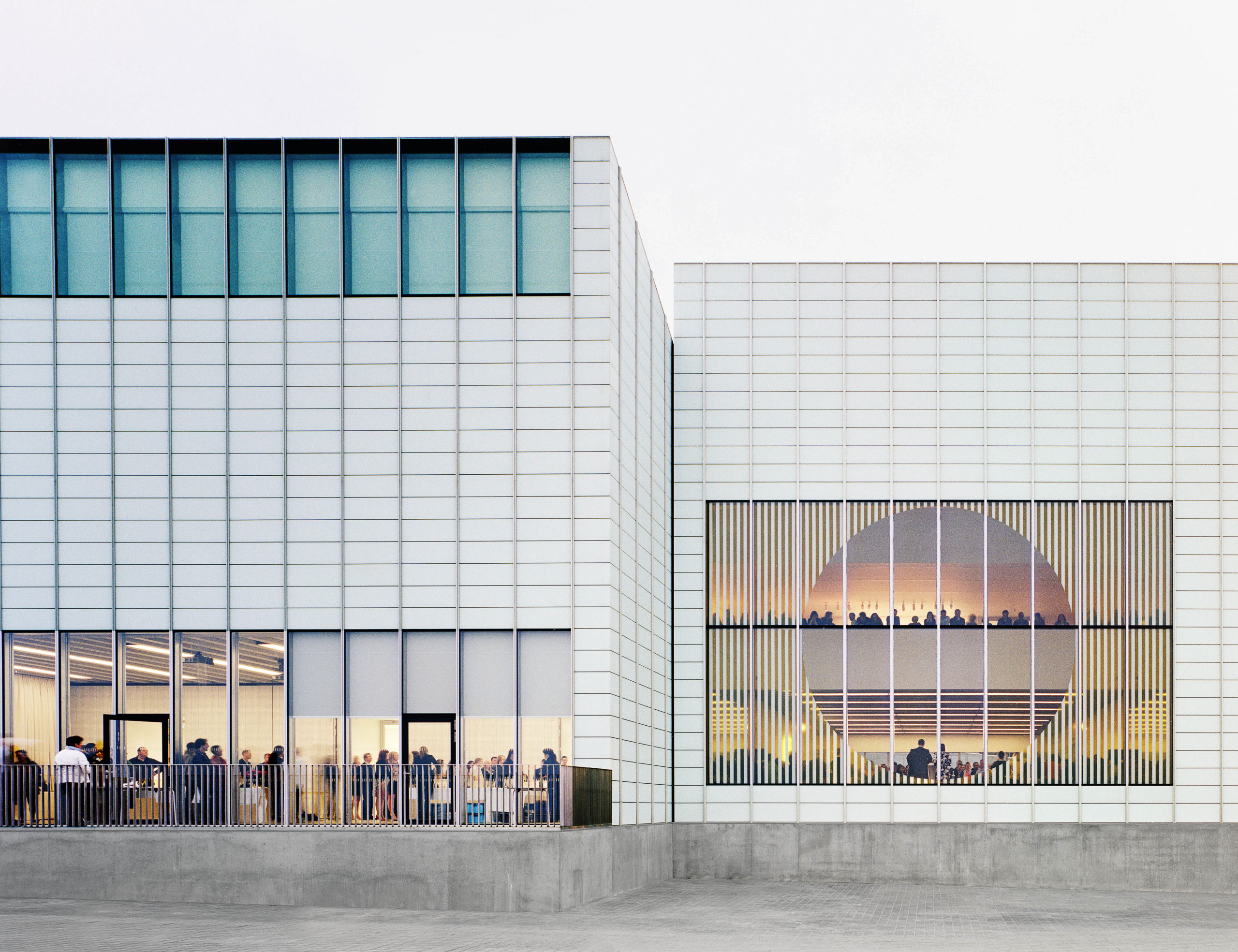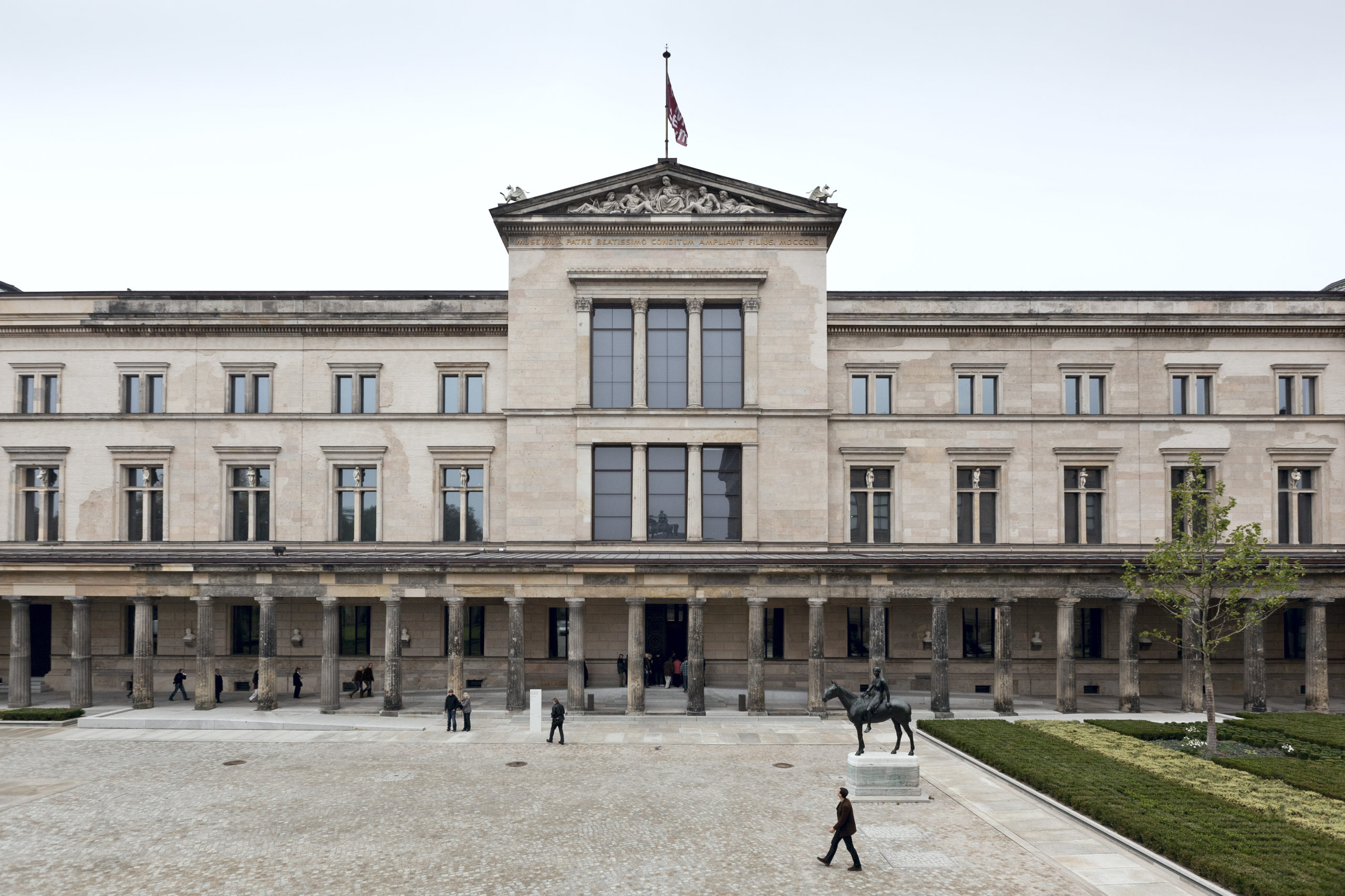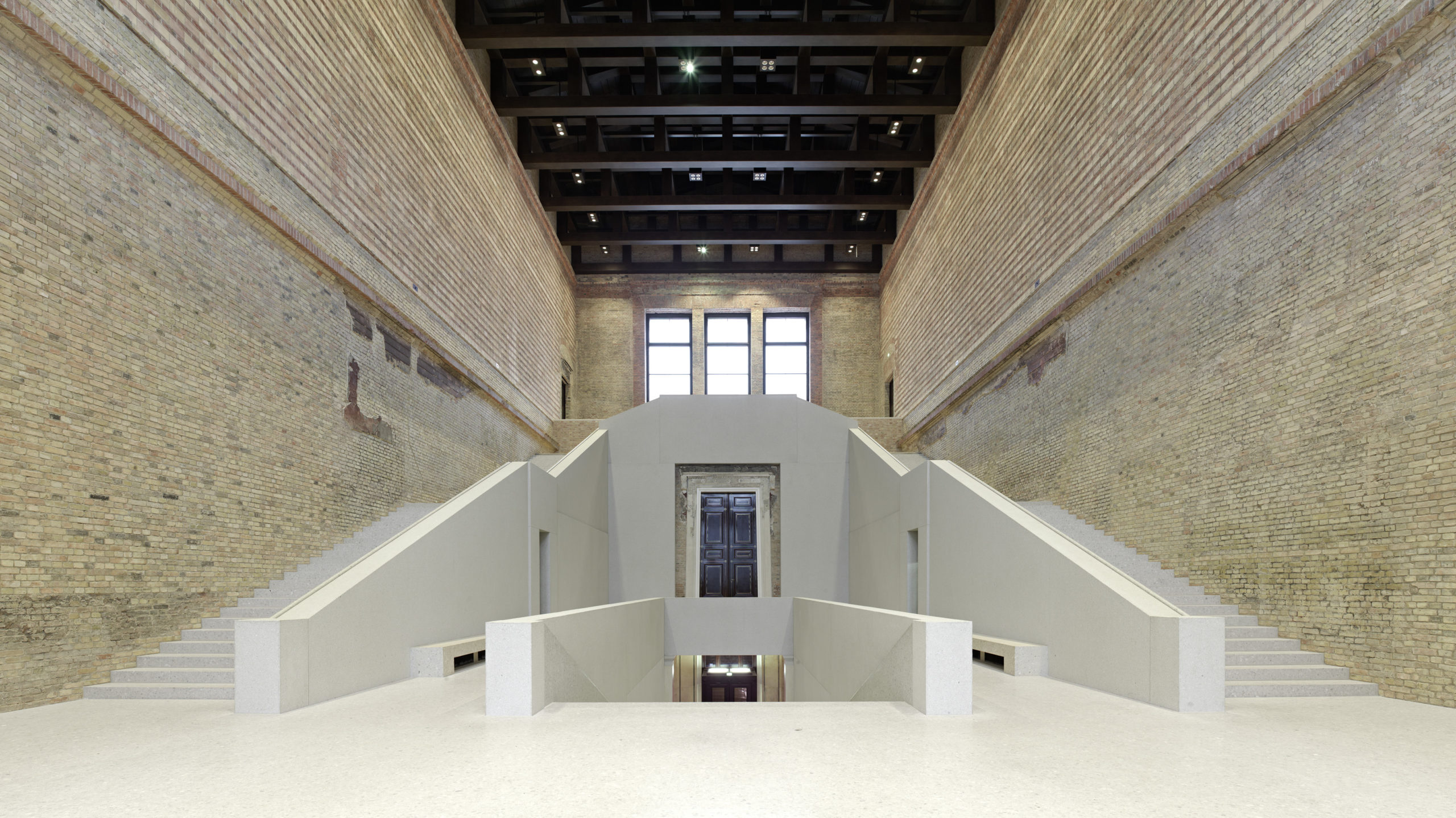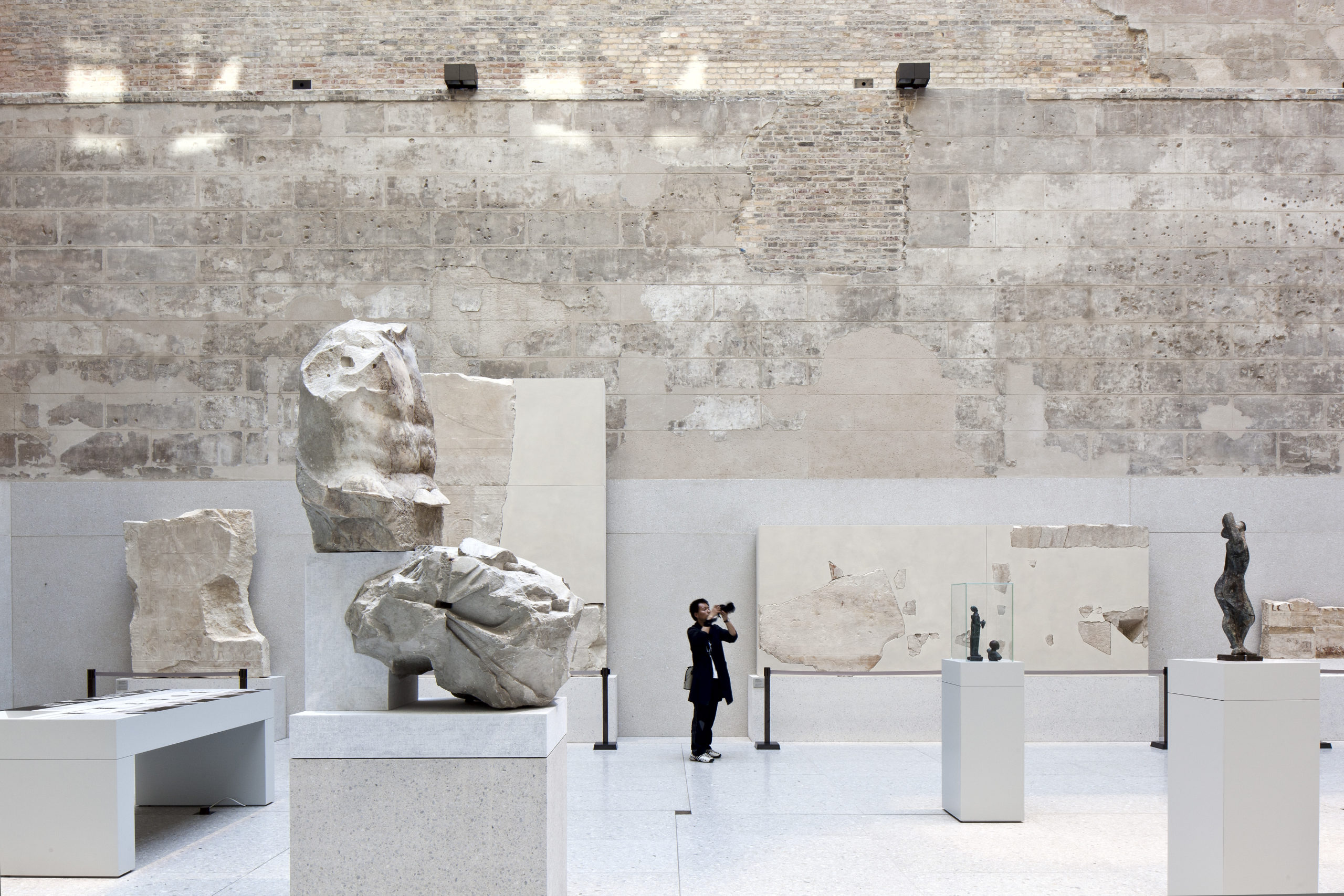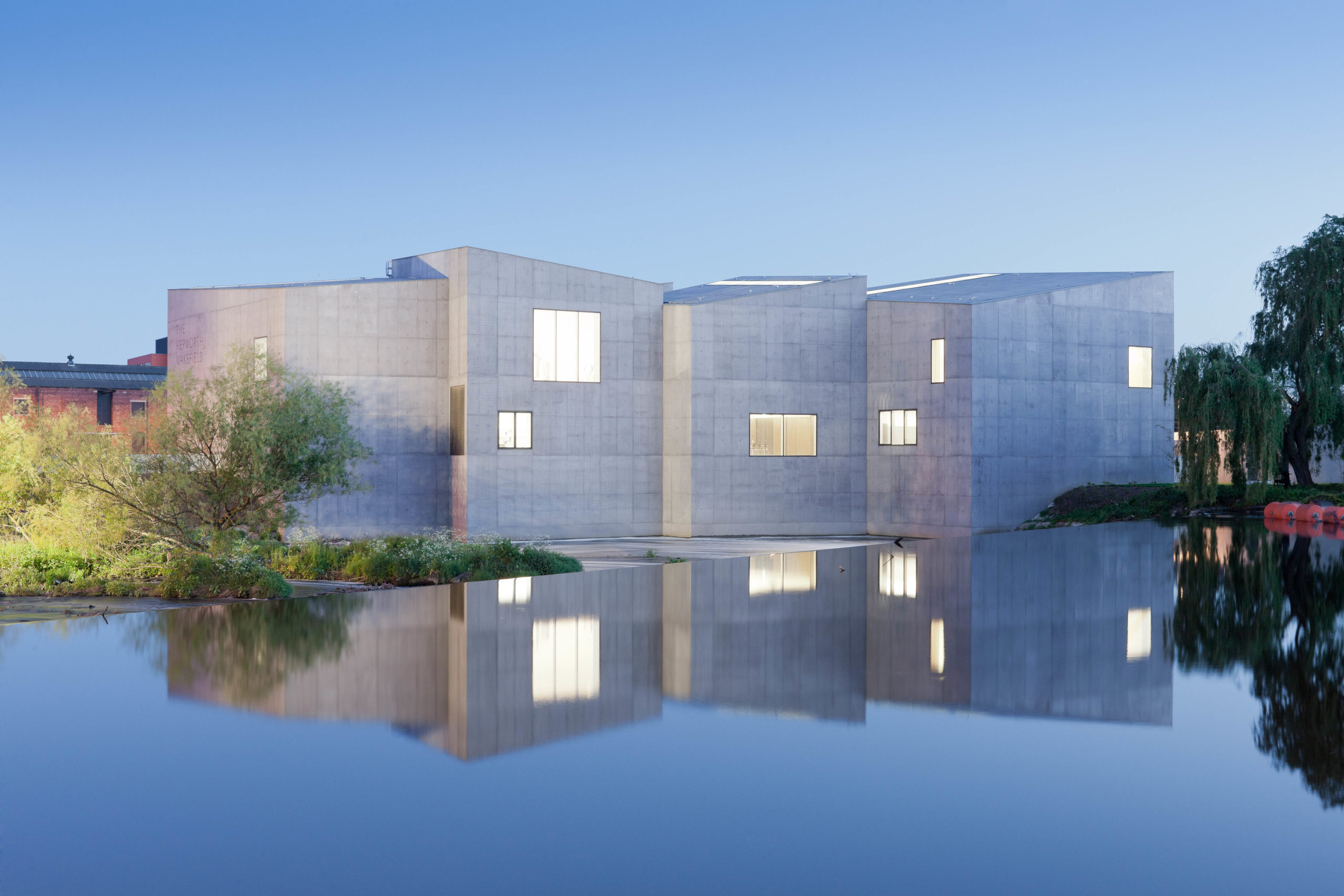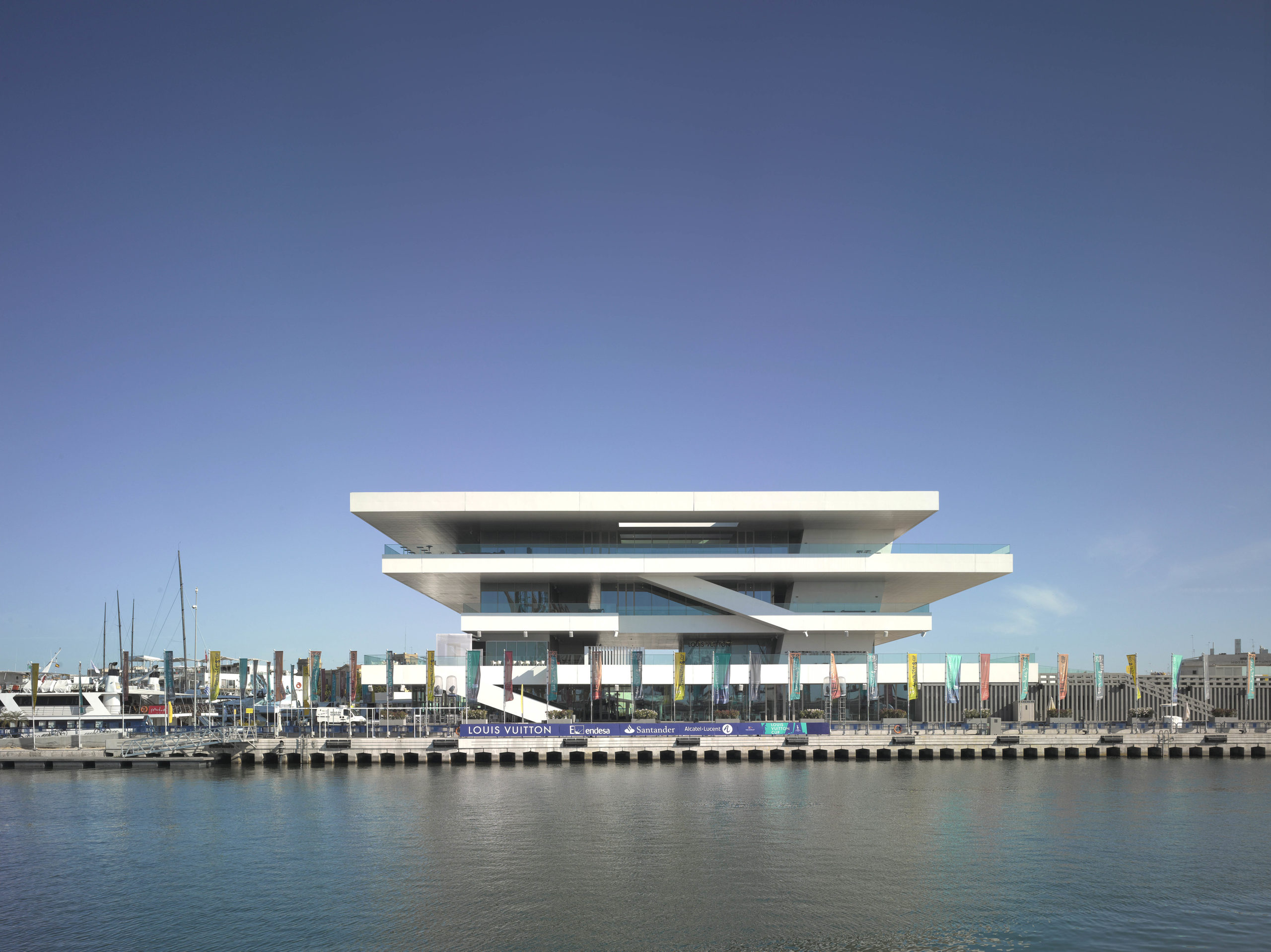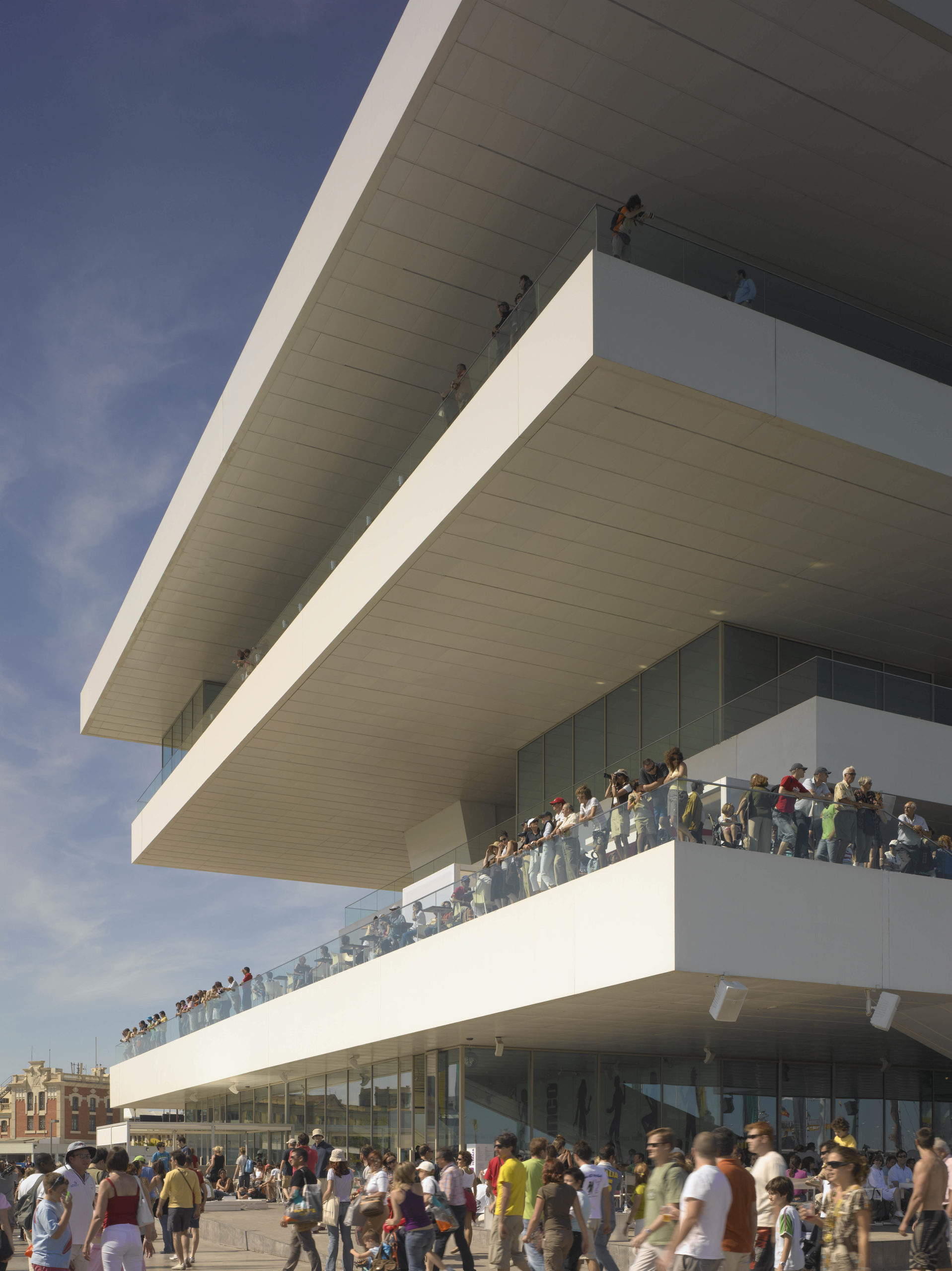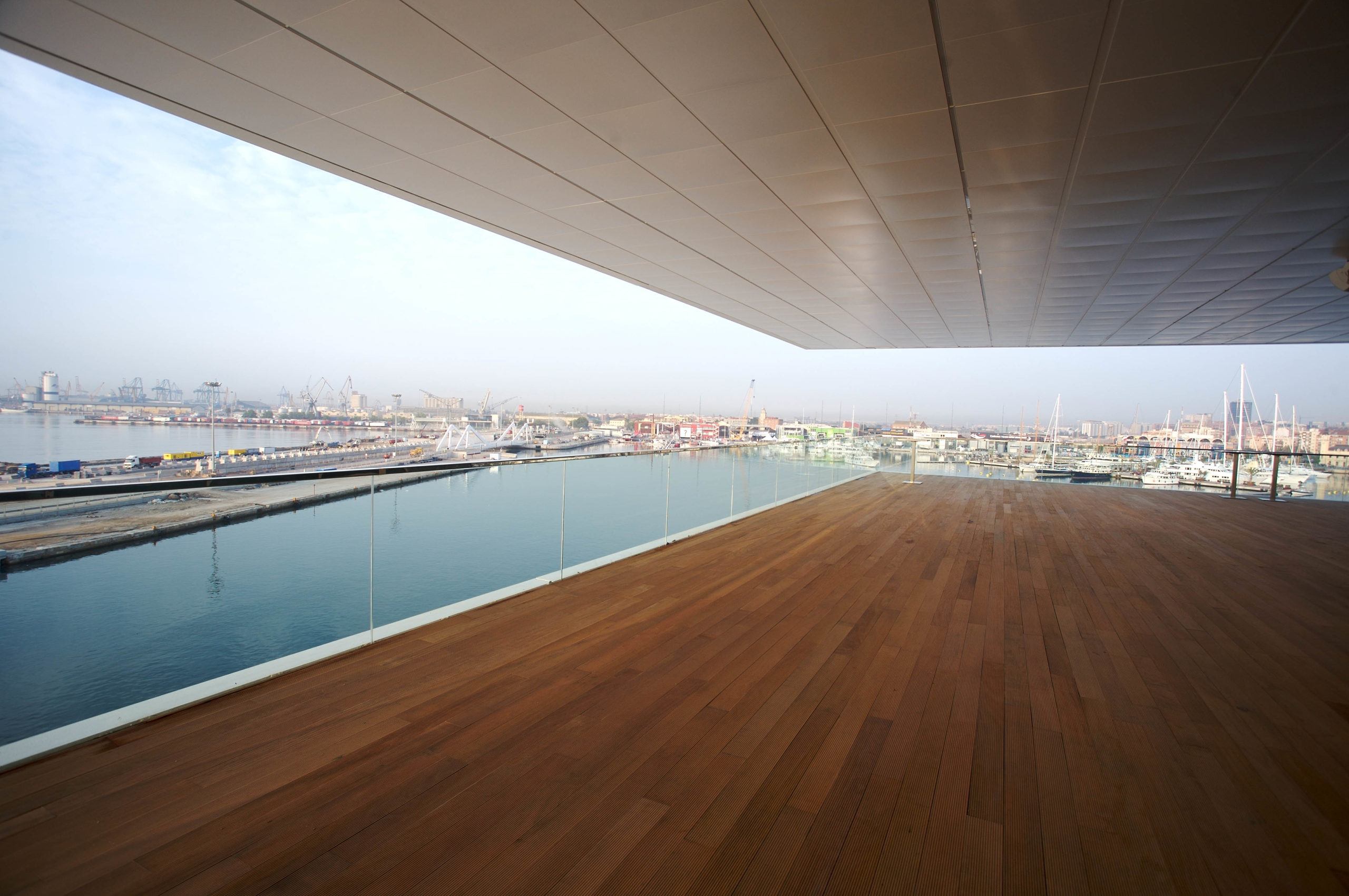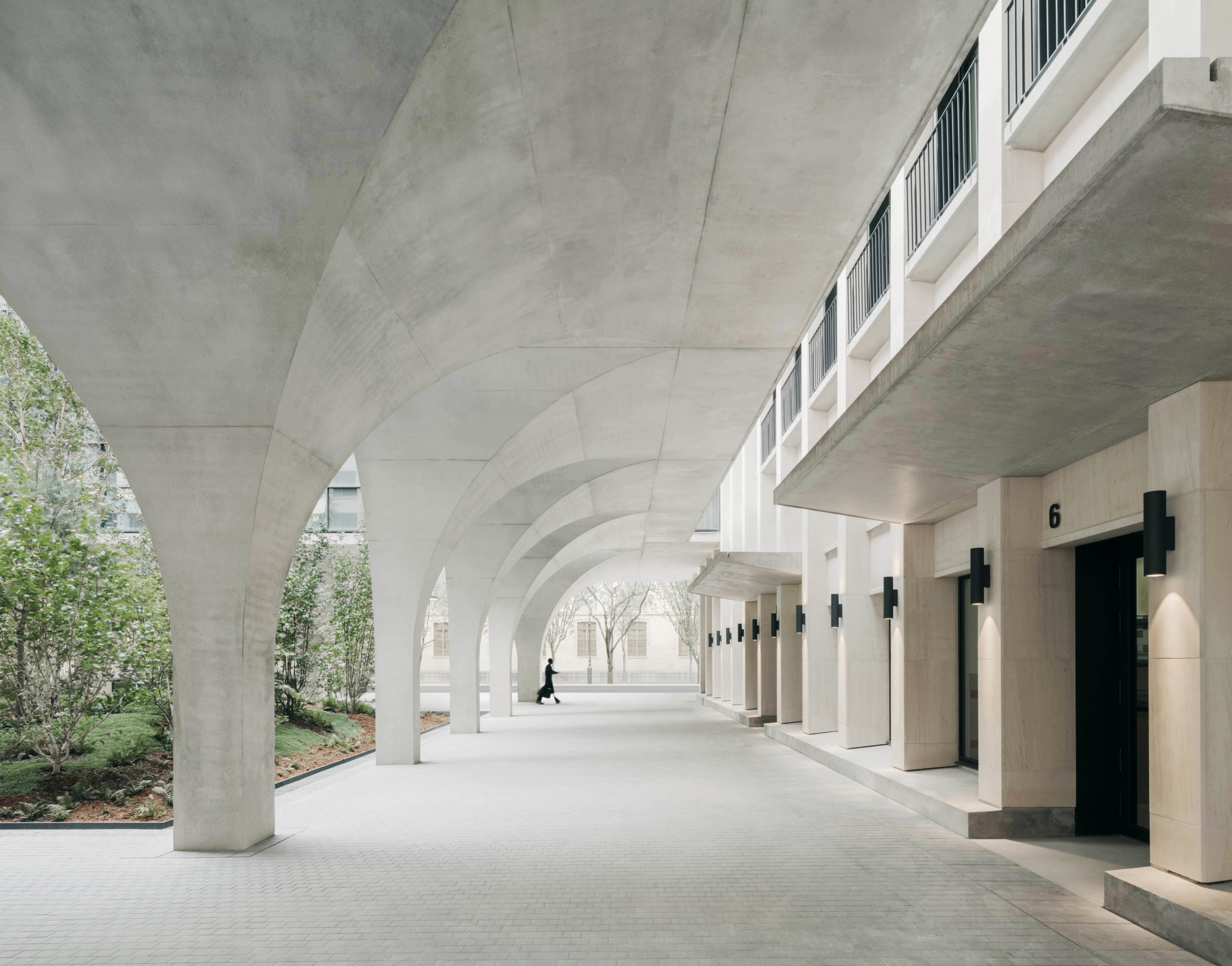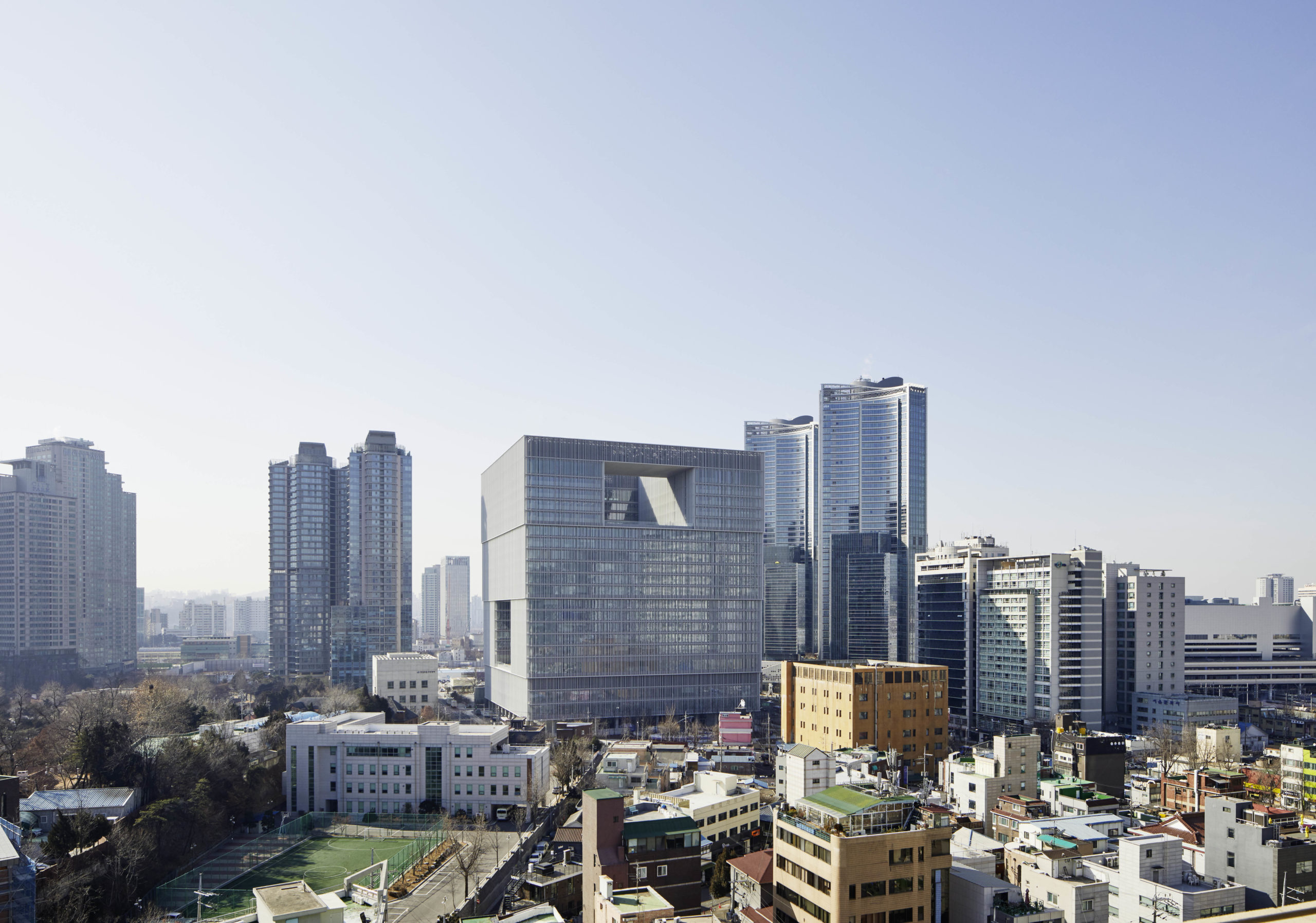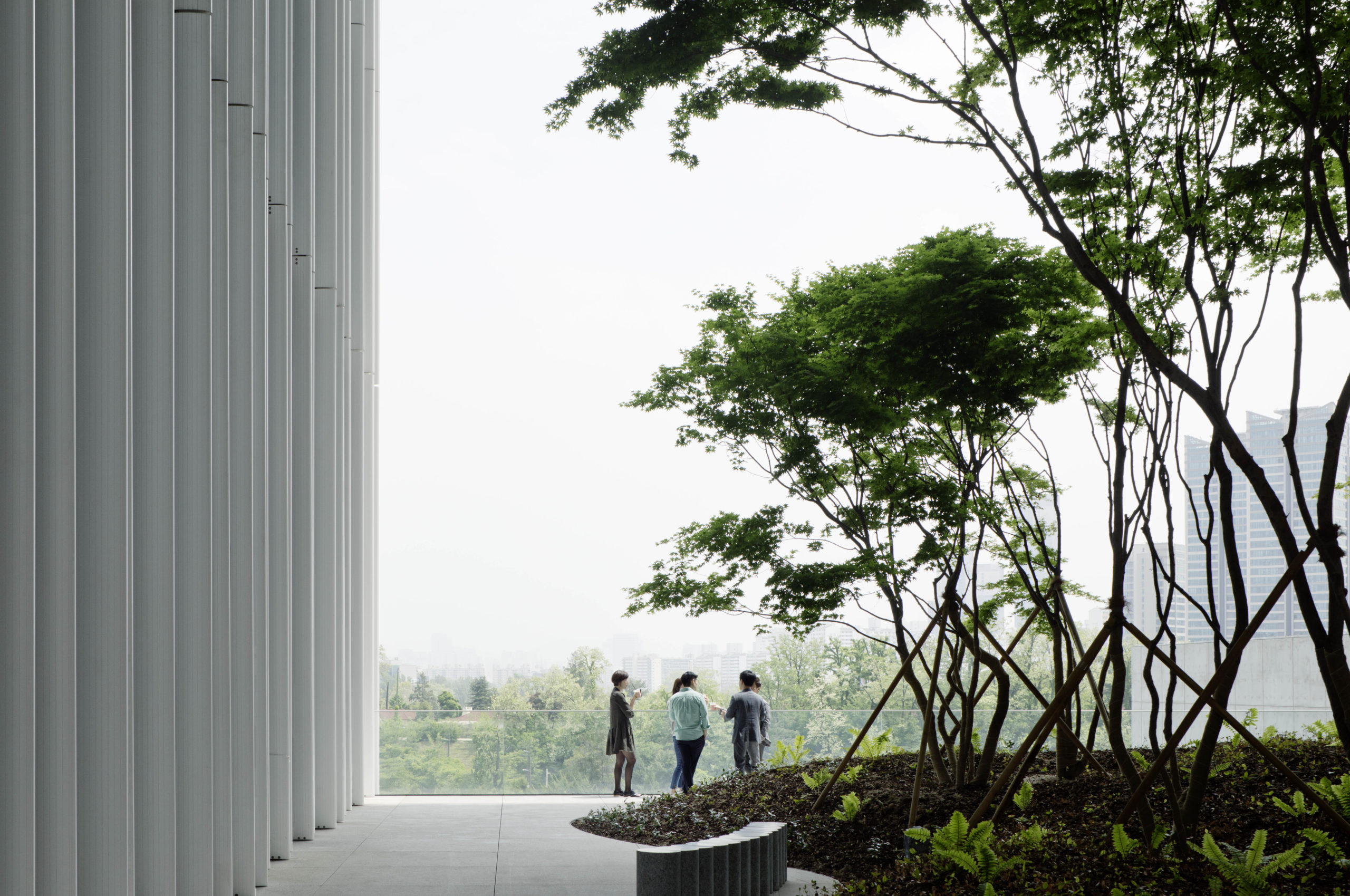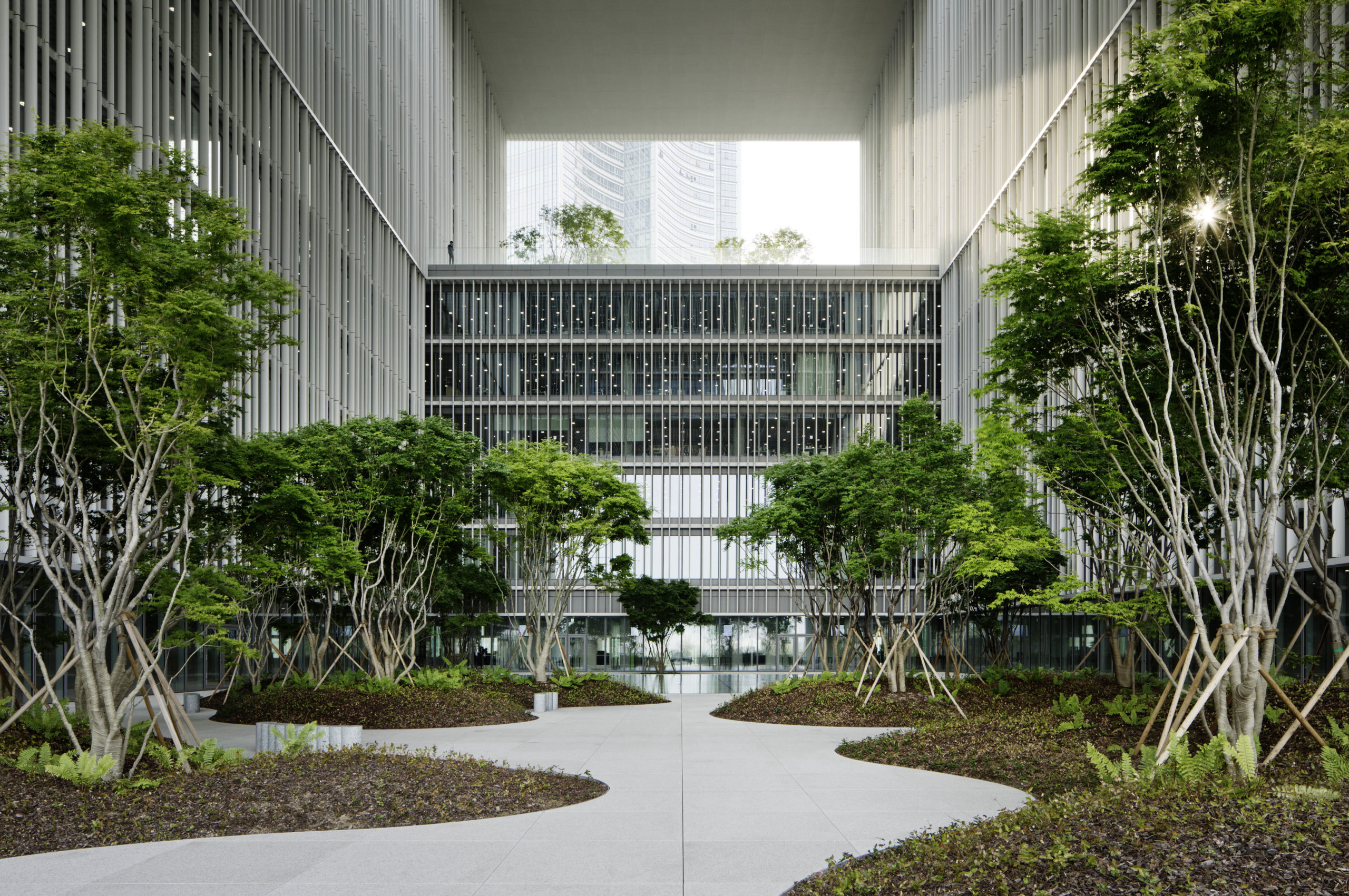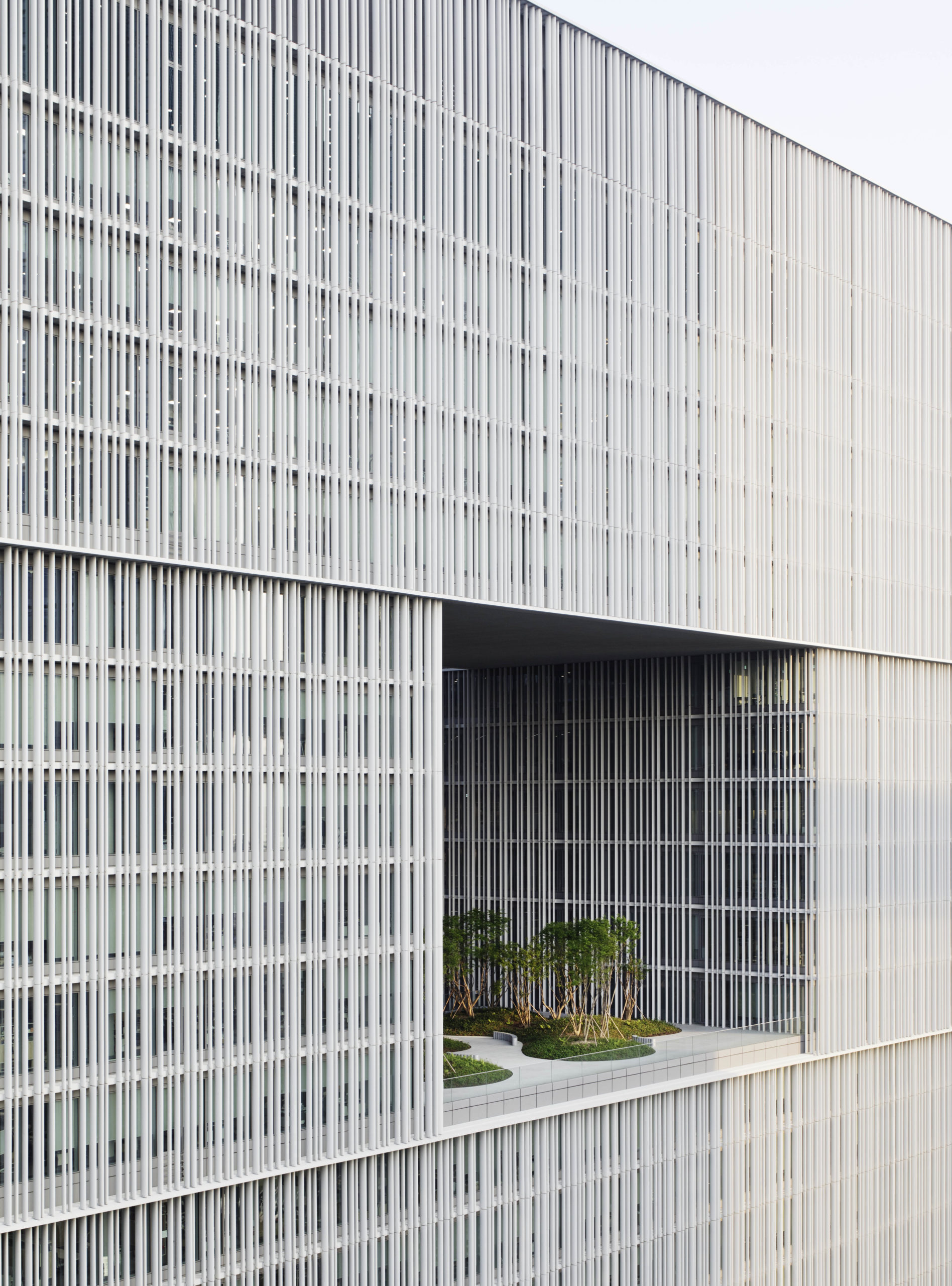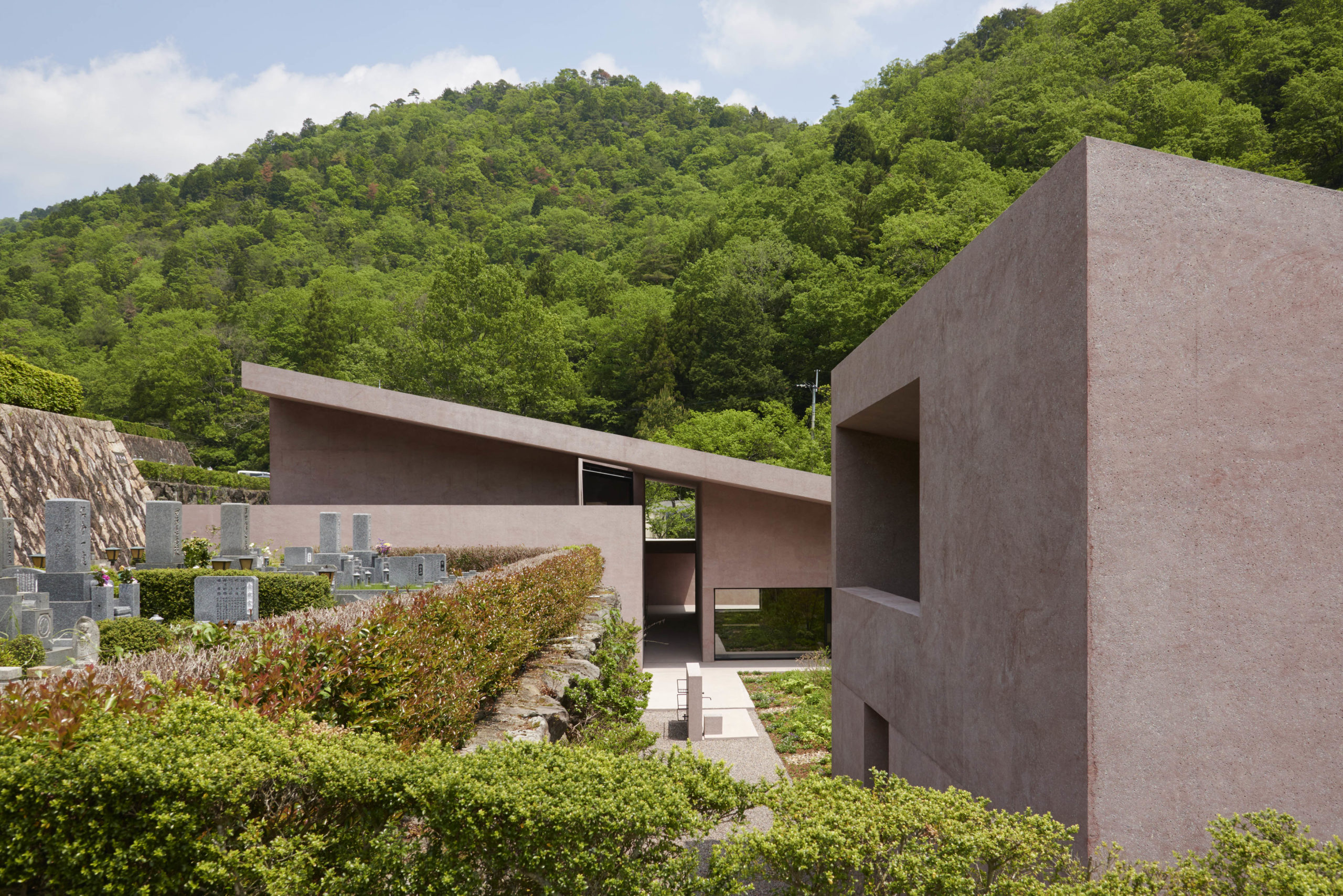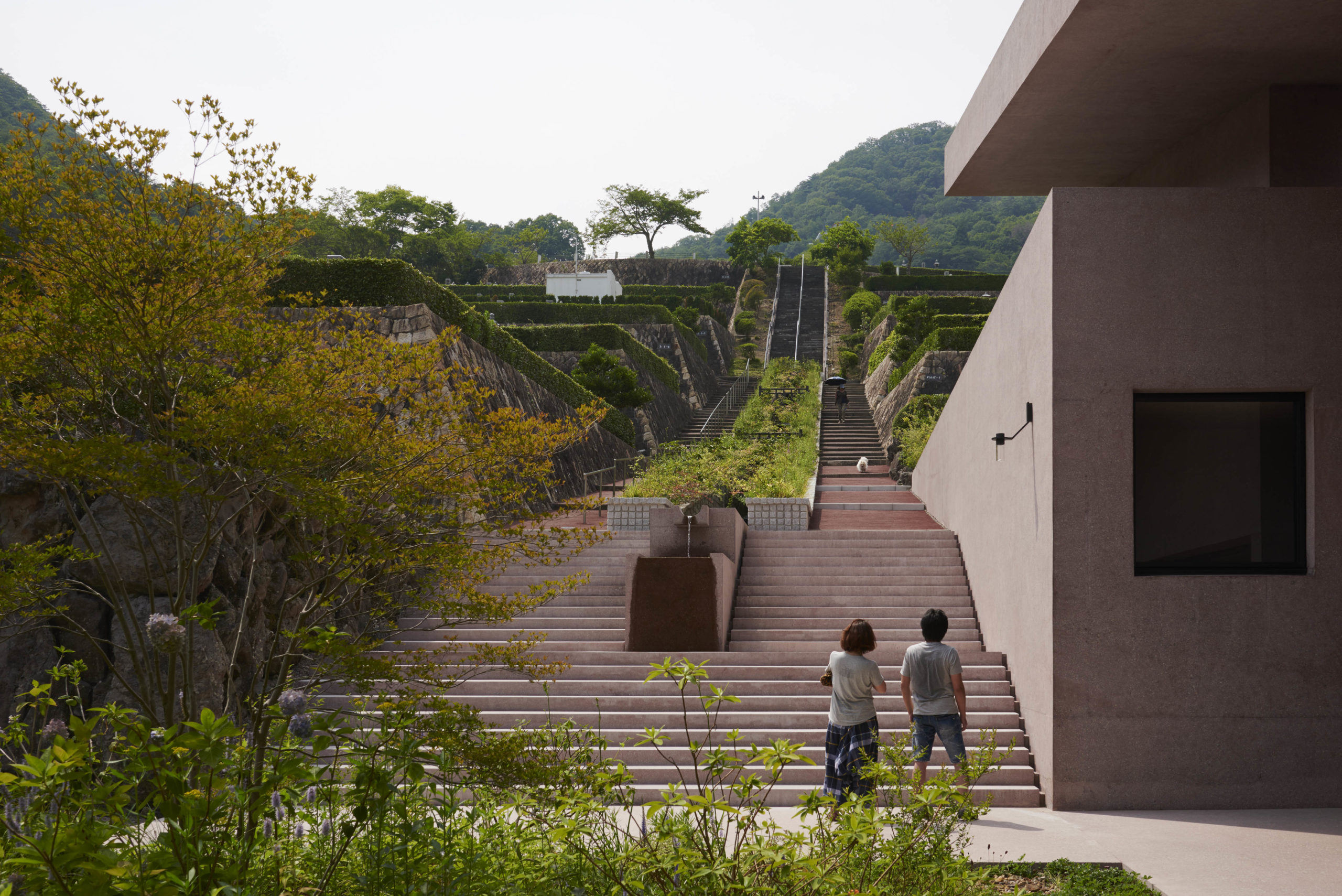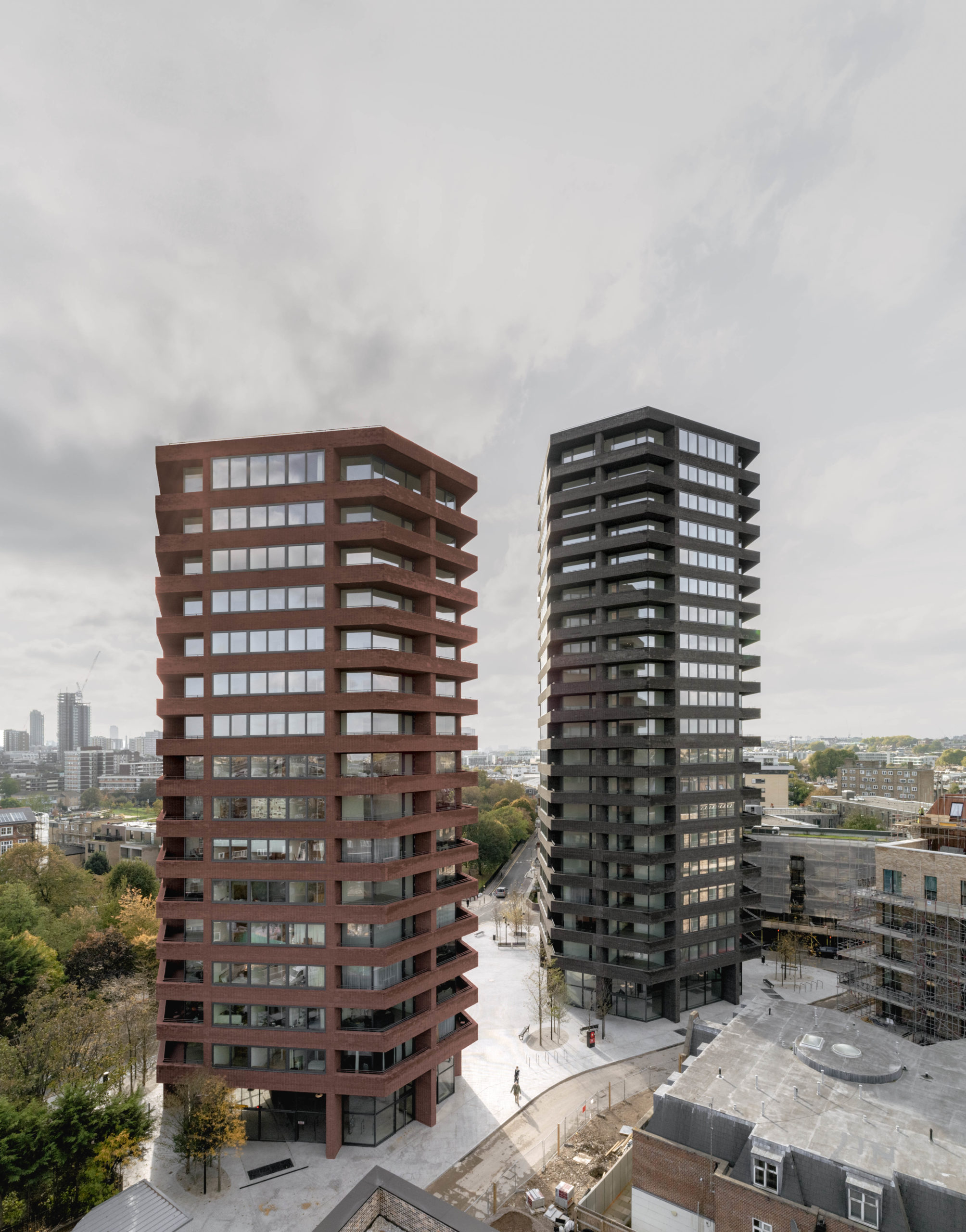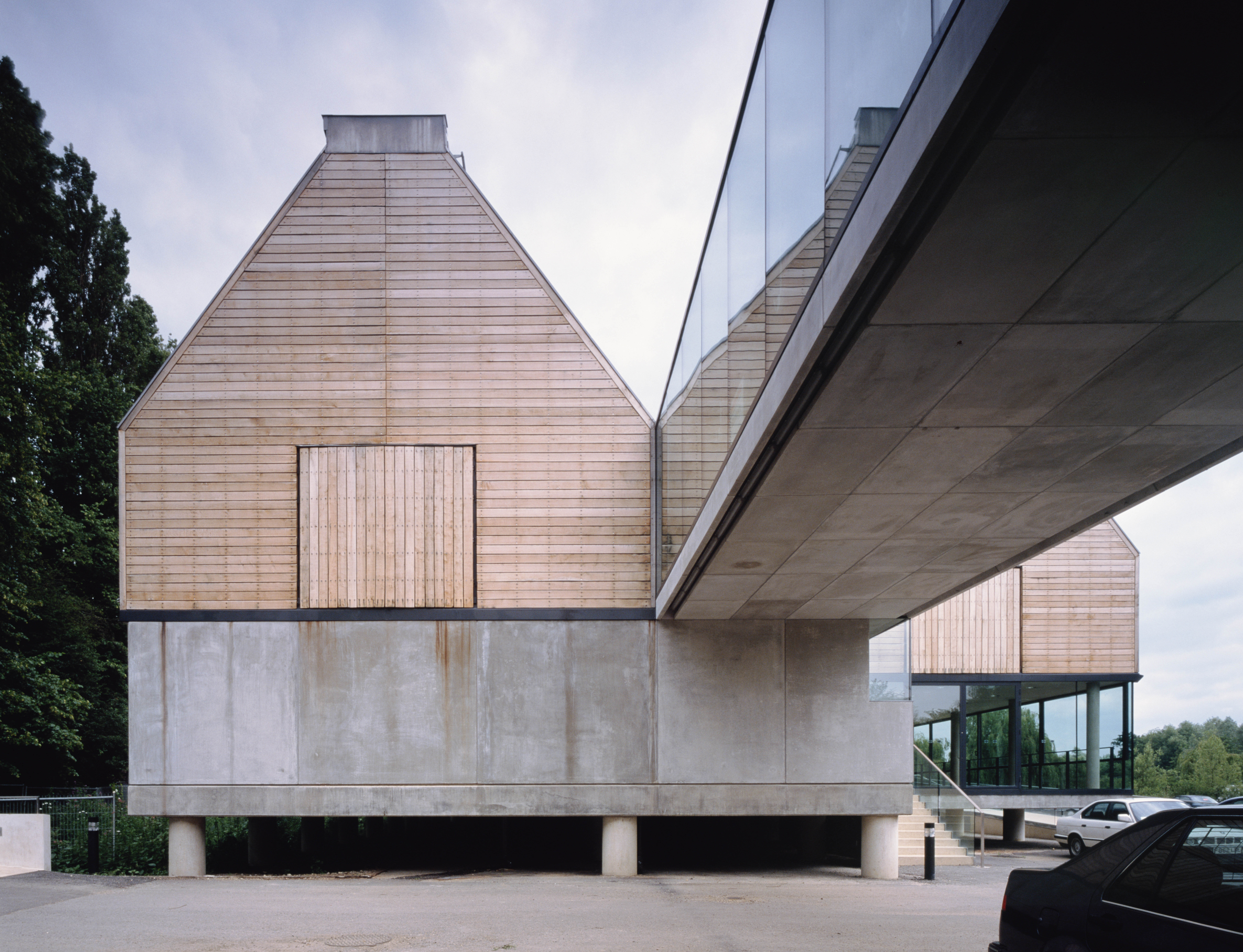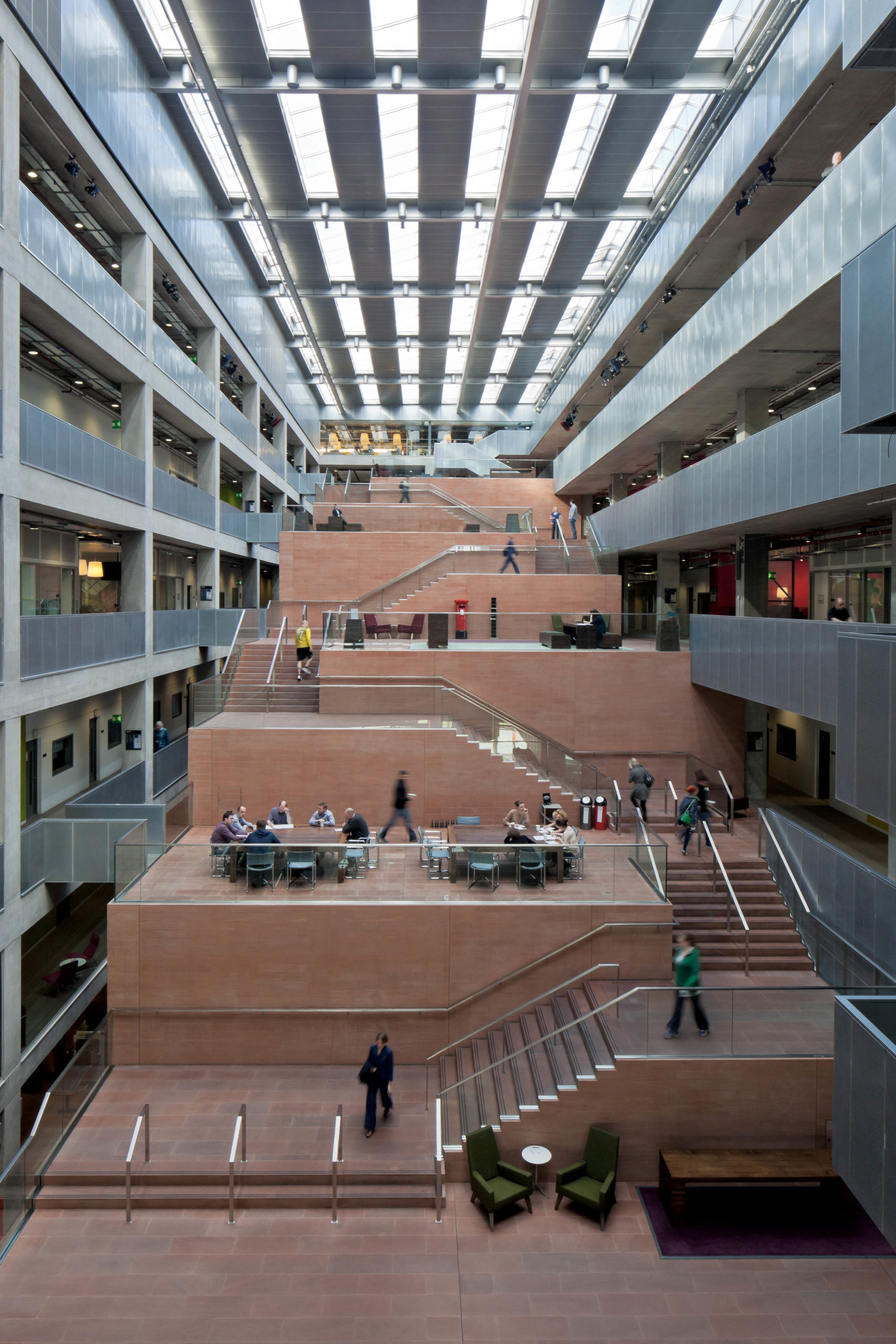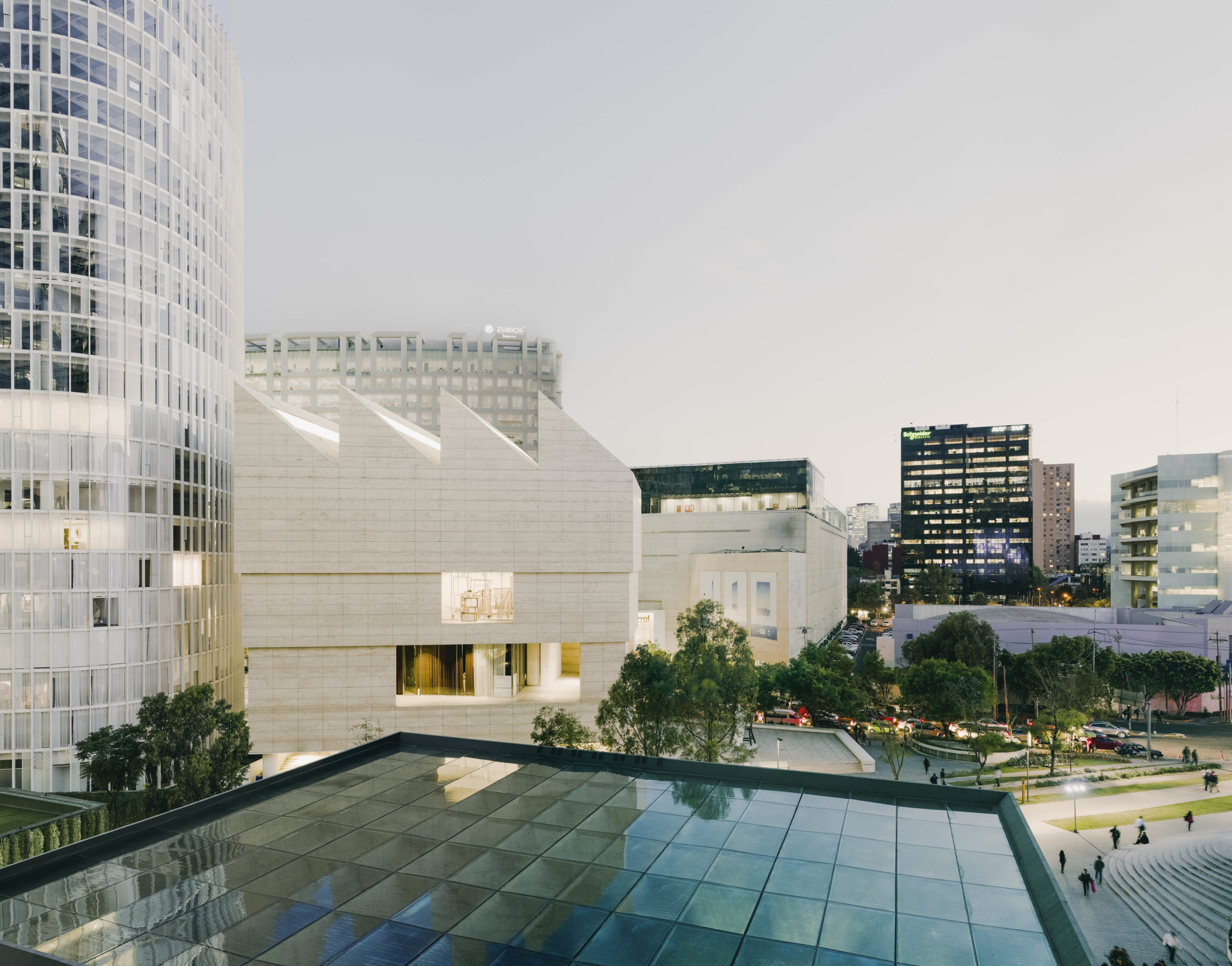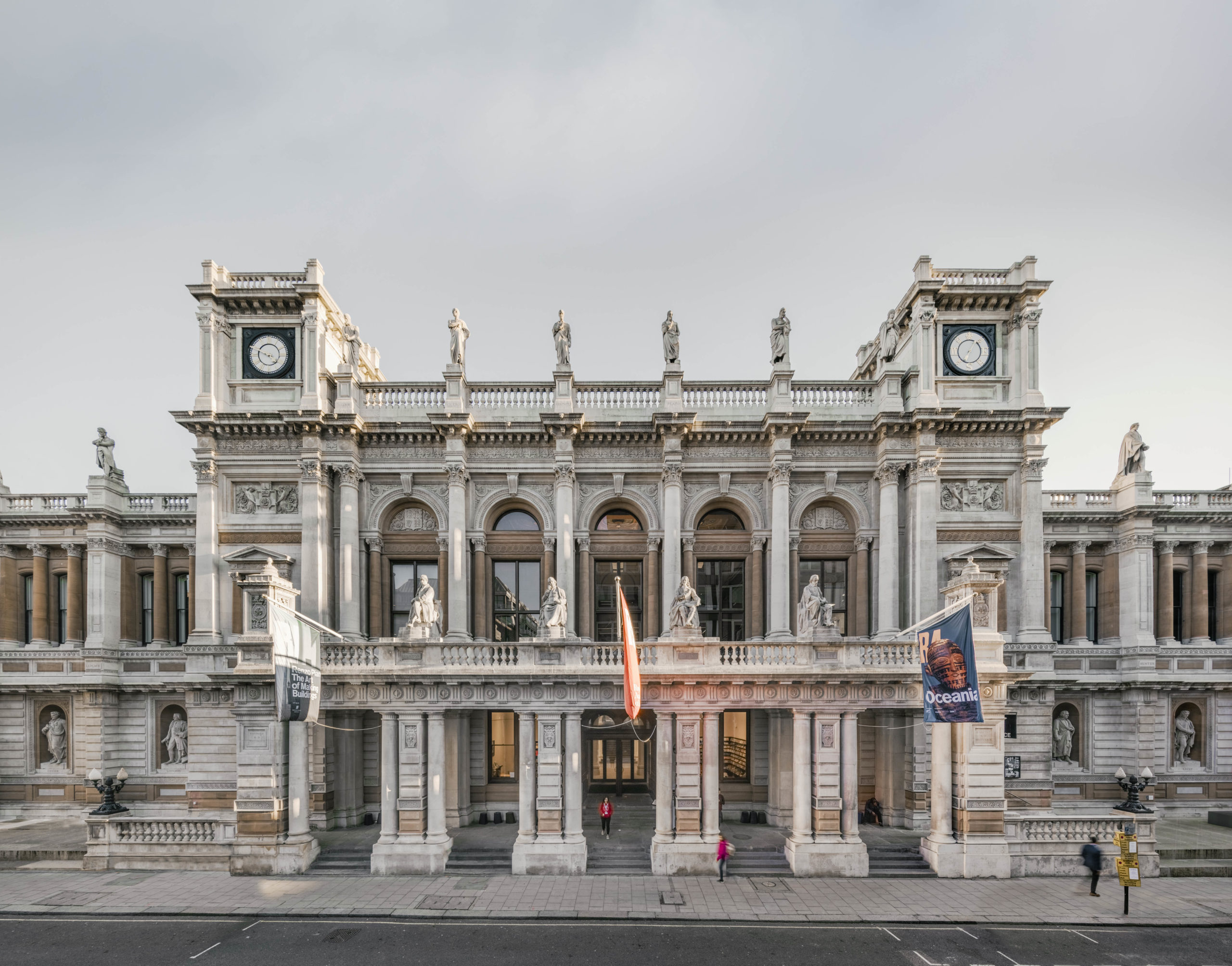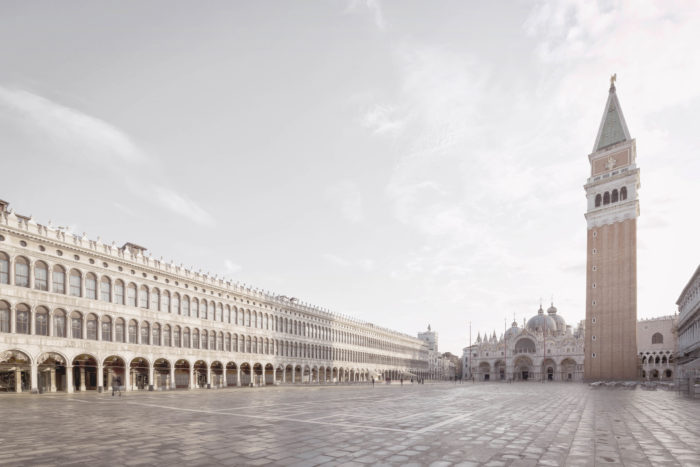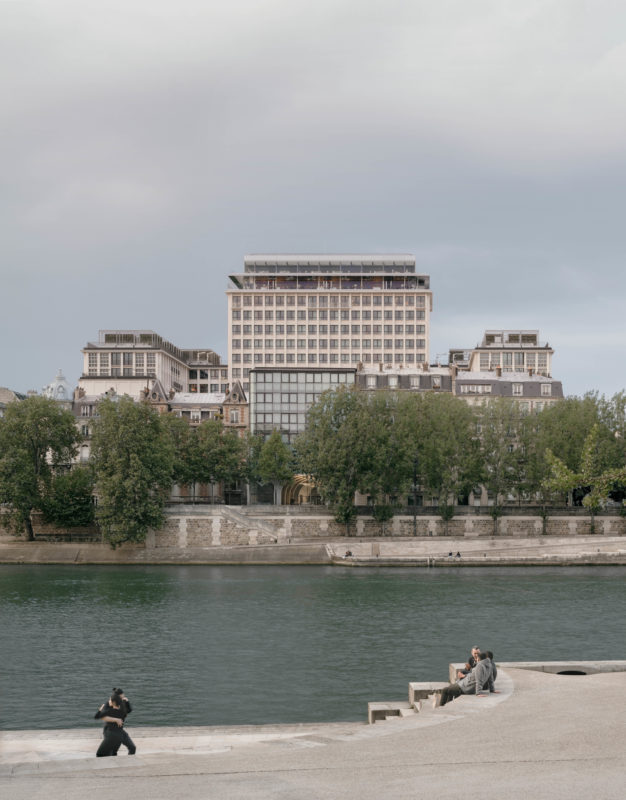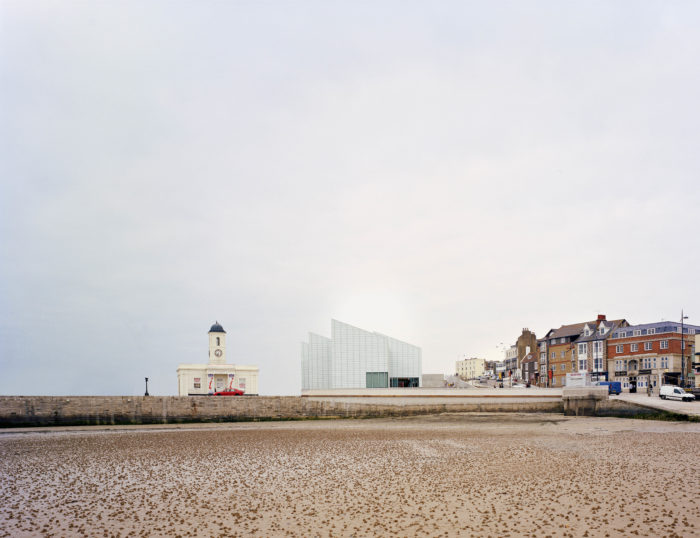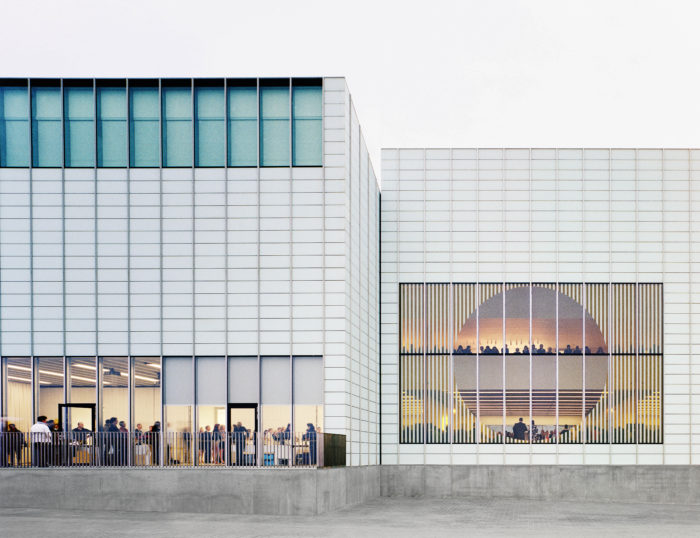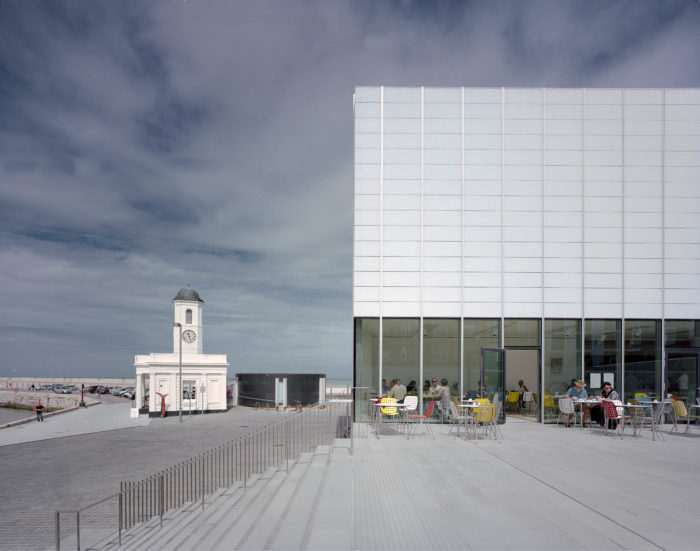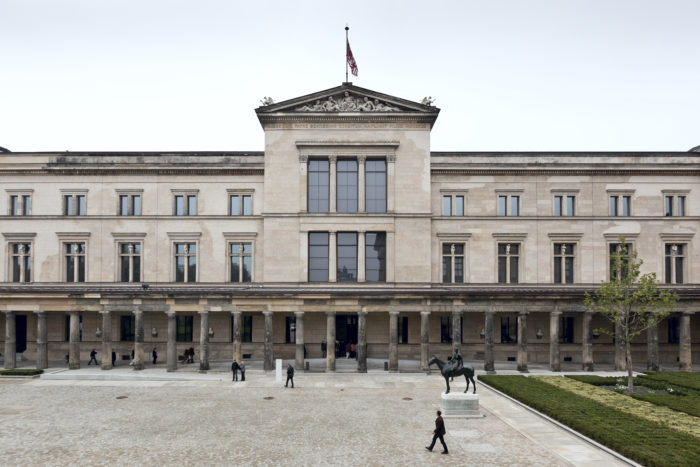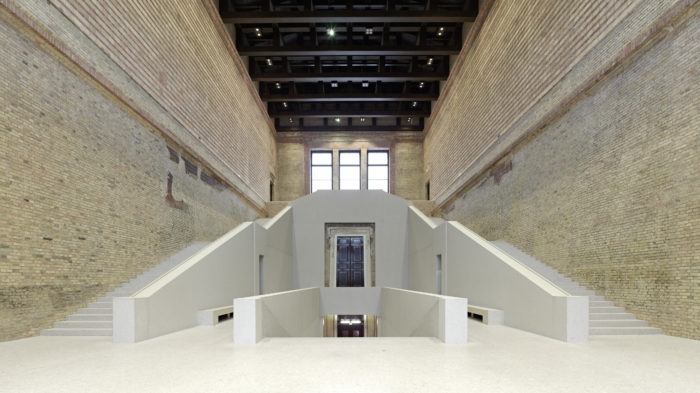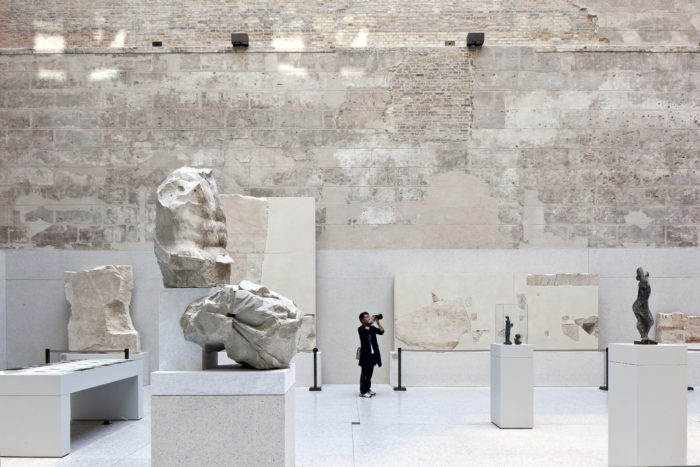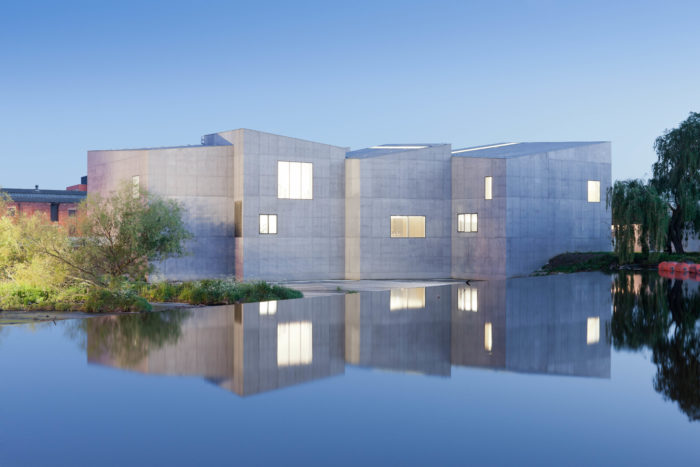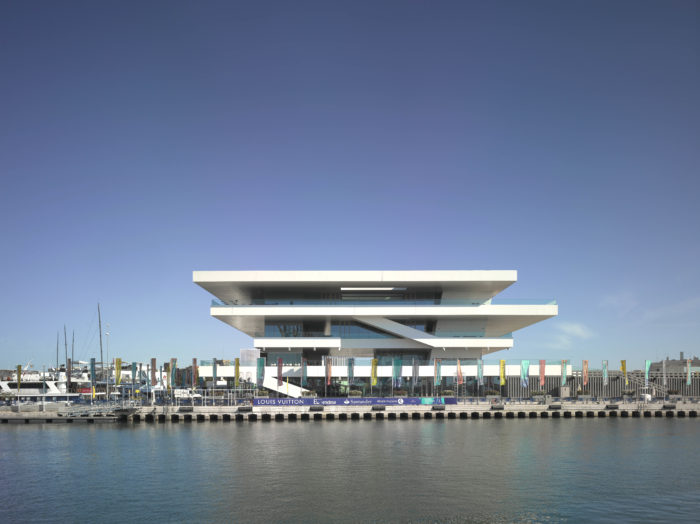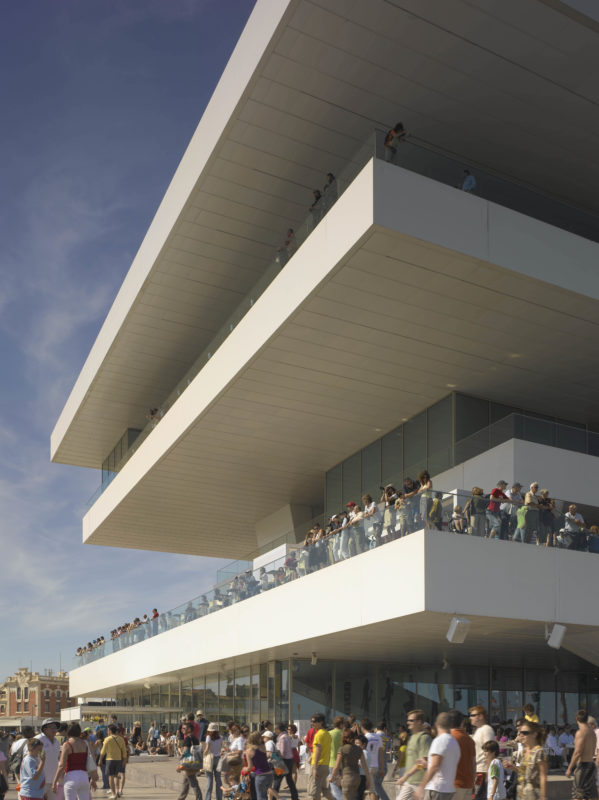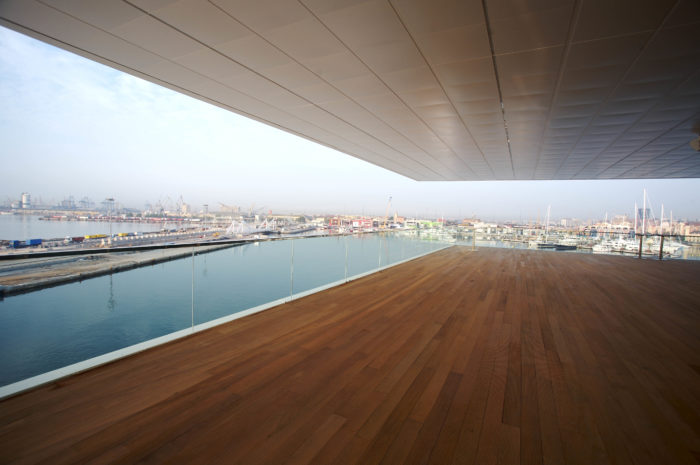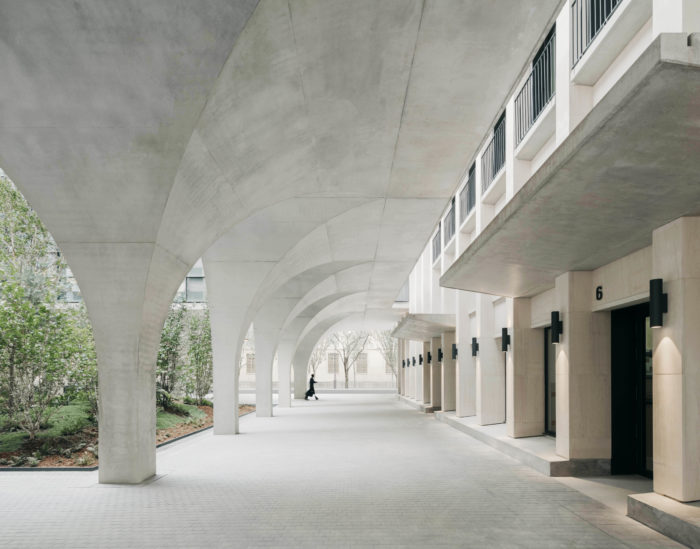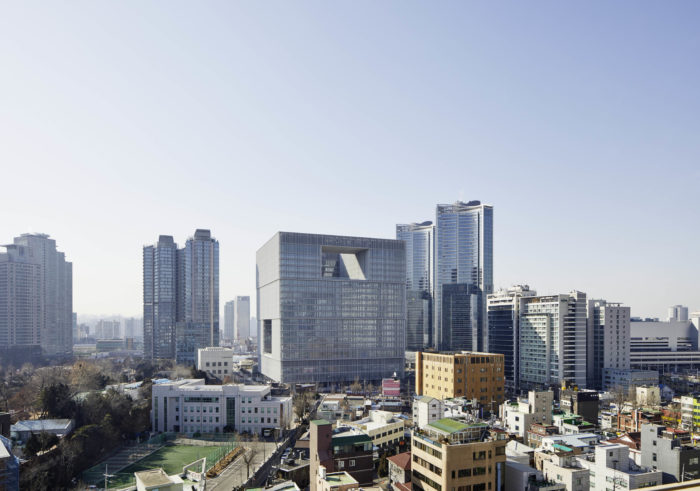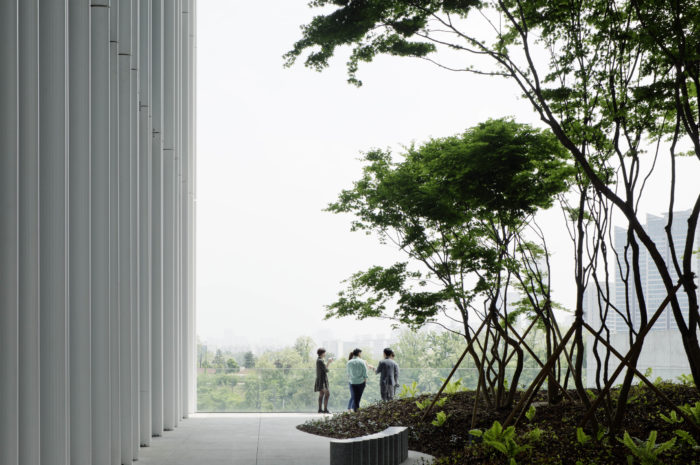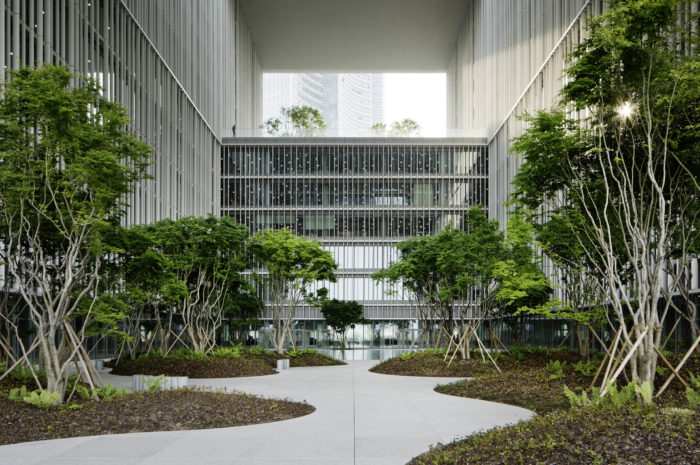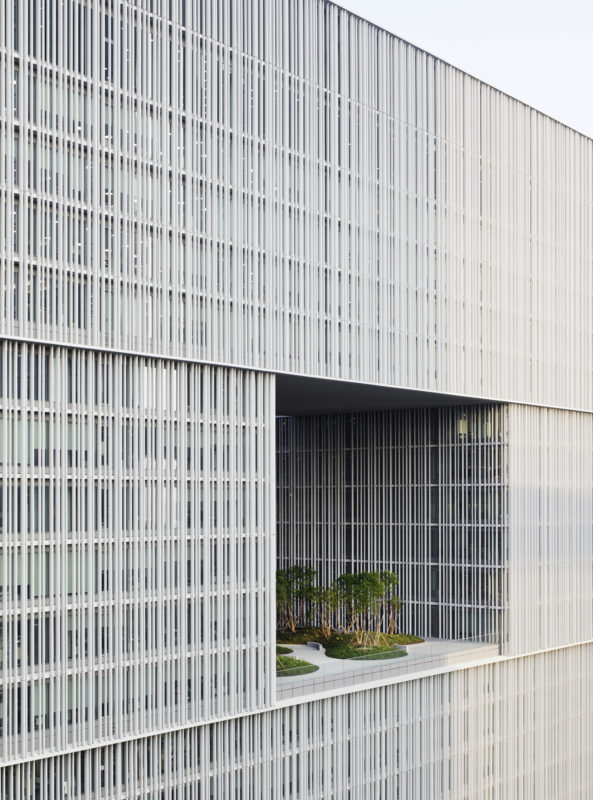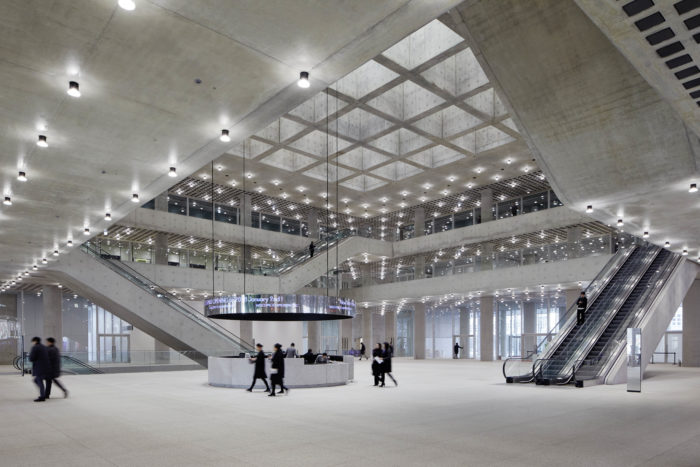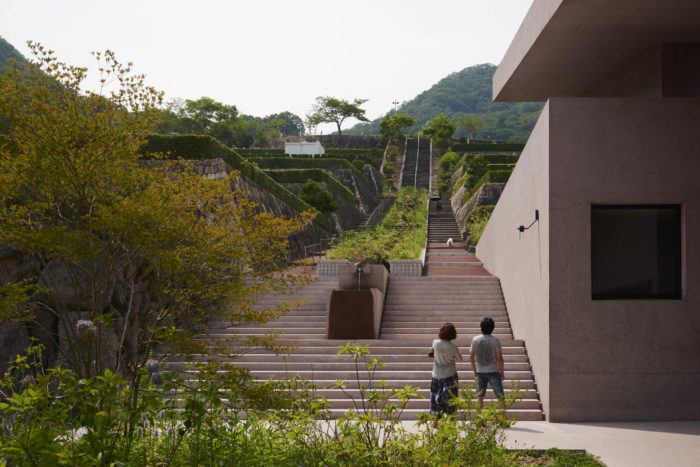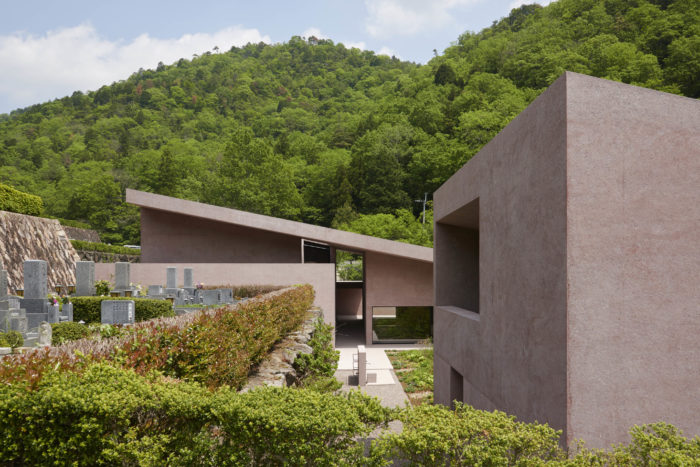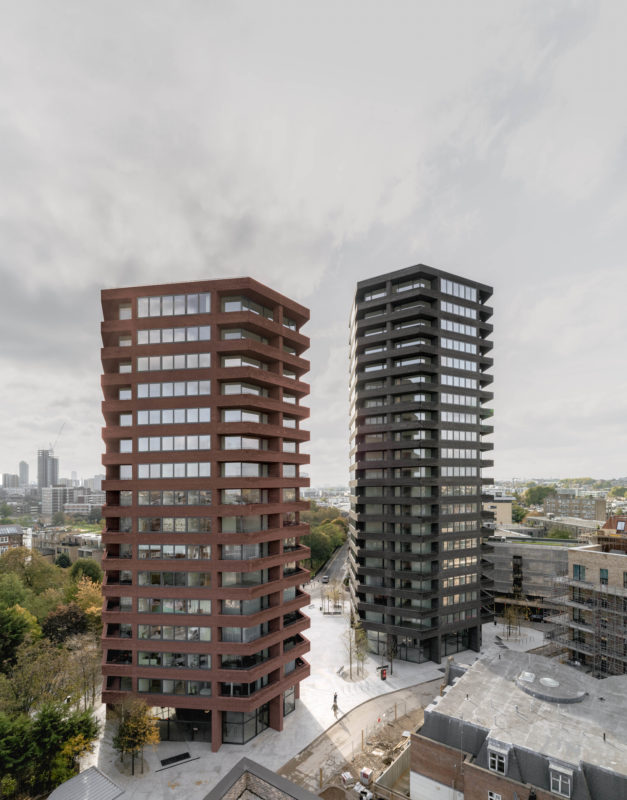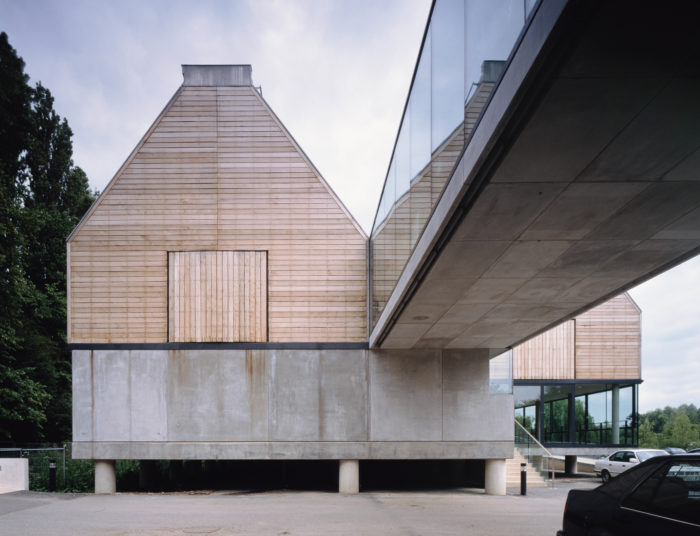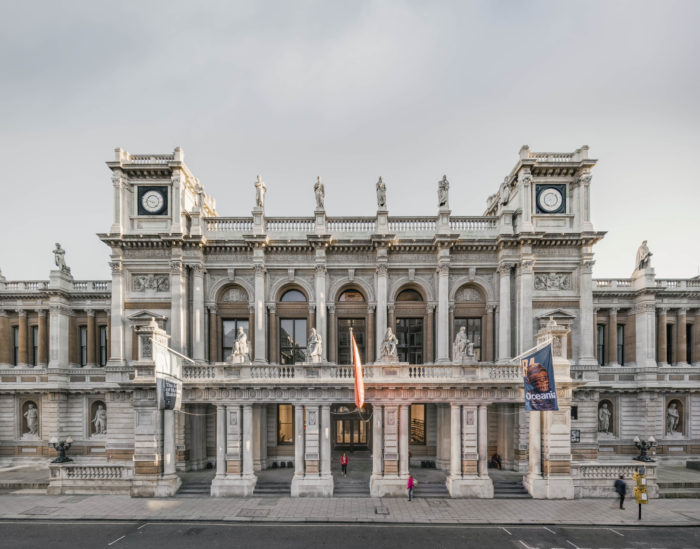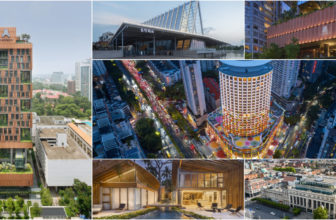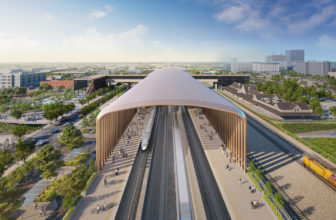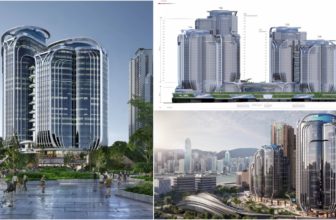English architect David Chipperfield was awarded the 2023 Pritzker Prize in recognition of his works’ thoroughness, authenticity, and significance, which speaks for his humanitarian and ecological devotion beyond the sphere of the architecture discipline.
Chipperfield is a prodigious architect who is unconventional in his discipline. He reimagines the utility and availability of new buildings, makeovers, and renovations through timelessly modern design that addresses climate necessity that changes social relationships and revitalizes cities.
“I am so overwhelmed to receive this extraordinary honor and to be associated with the previous recipients who have all given so much inspiration to the profession,” remarks Chipperfield. “I take this award as an encouragement to continue to direct my attention not only to the substance of architecture and its meaning but also to the contribution that we can make as architects to address the existential challenges of climate change and societal inequality.
The 2023 Pritzker Prize winner continued, “We know that, as architects, we can have a more prominent and engaged role in creating a more beautiful world and a fairer and more sustainable one. We must rise to this challenge and help inspire the next generation to embrace this responsibility with vision and courage.” The 2023 Pritzker Prize Laureate expressed.”
The 2023 Pritzker Prize Winner
Throughout his four-decade career, he has completed over a hundred diverse projects in Asia, Europe, and North America, including public and academic buildings, private residences, and urban master plans.
According to the 2023 Laureate Jury Citation, “This dedication to an architecture of subtle and yet consequential communal presence and the definition—even through private commissions—of the public realm is always done with austerity, trying to minimize moves and staying clear of trends and fashions, which is the most relevant message for today’s society.
“Sustainability as direct relevance, not only eliminates the unnecessary but also serves as the first step towards building capacity able to last, physically and culturally, is a facet of sustainability which hasn’t become obvious in recent years.”
Why is Sir David Chipperfield the 2023 Pritzker Prize Winner?
Chipperfield considers his designs’ ecological and cultural consequences before committing to them permanently. He does this by welcoming the established and engaging in a two-way conversation with time and space to adapt and update the local architectural vernacular. Let’s delve into some of the 2023 Pritzker Prize Winner’s notable works.
1) James-Simon-Galerie
On Museum Island, for instance, you can find the James-Simon-Galerie (Berlin, Germany, 2018), perched on a tiny island in the middle of the Kupfergraben waterway and reached via the Schlossbrücke bridge.
The building’s grand entryway is bathed in natural light thanks to the great size and commanding presence of the terrace’s colonnades. The layout allows expansive sightlines from within and out to neighboring structures and the cityscape beyond.
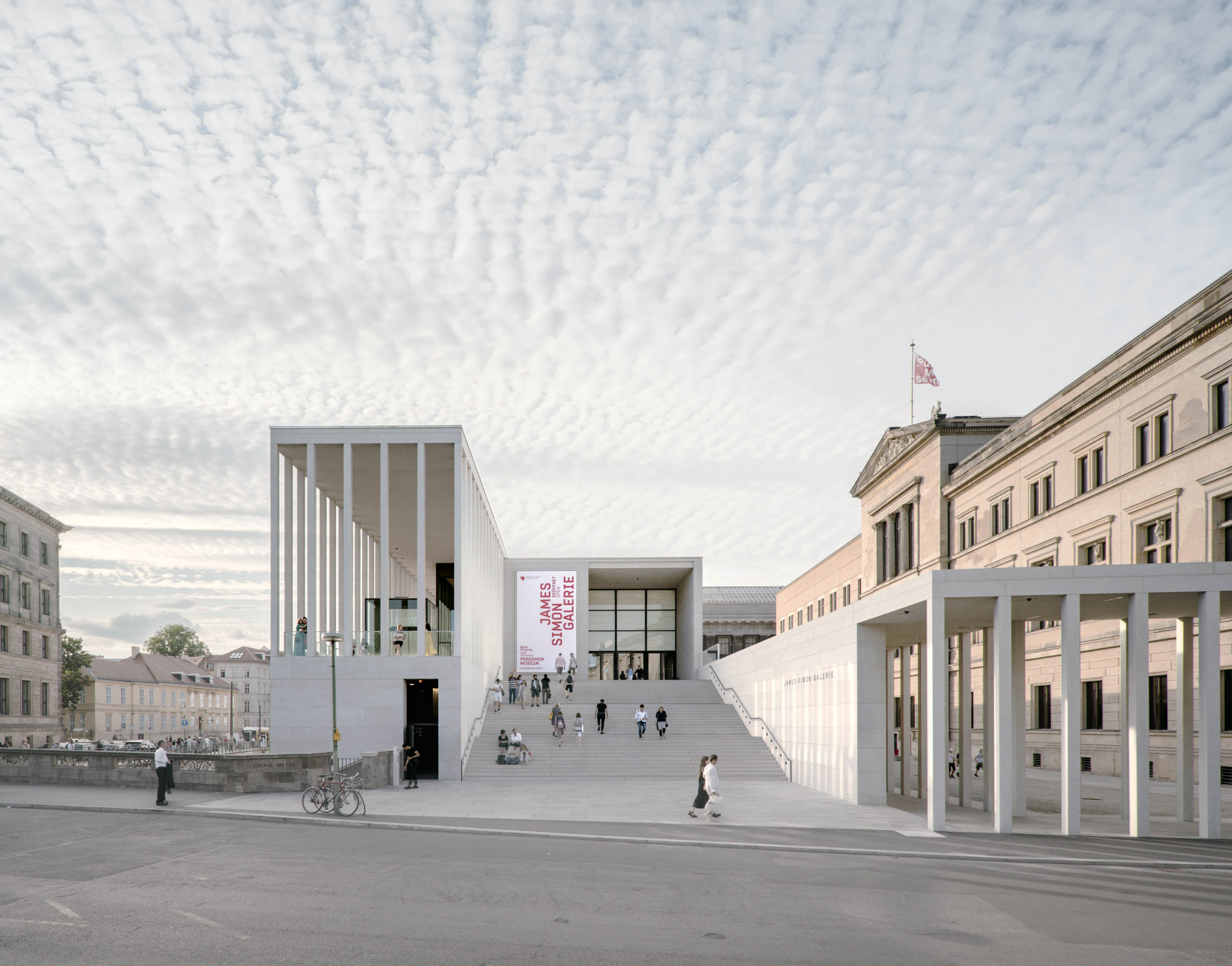
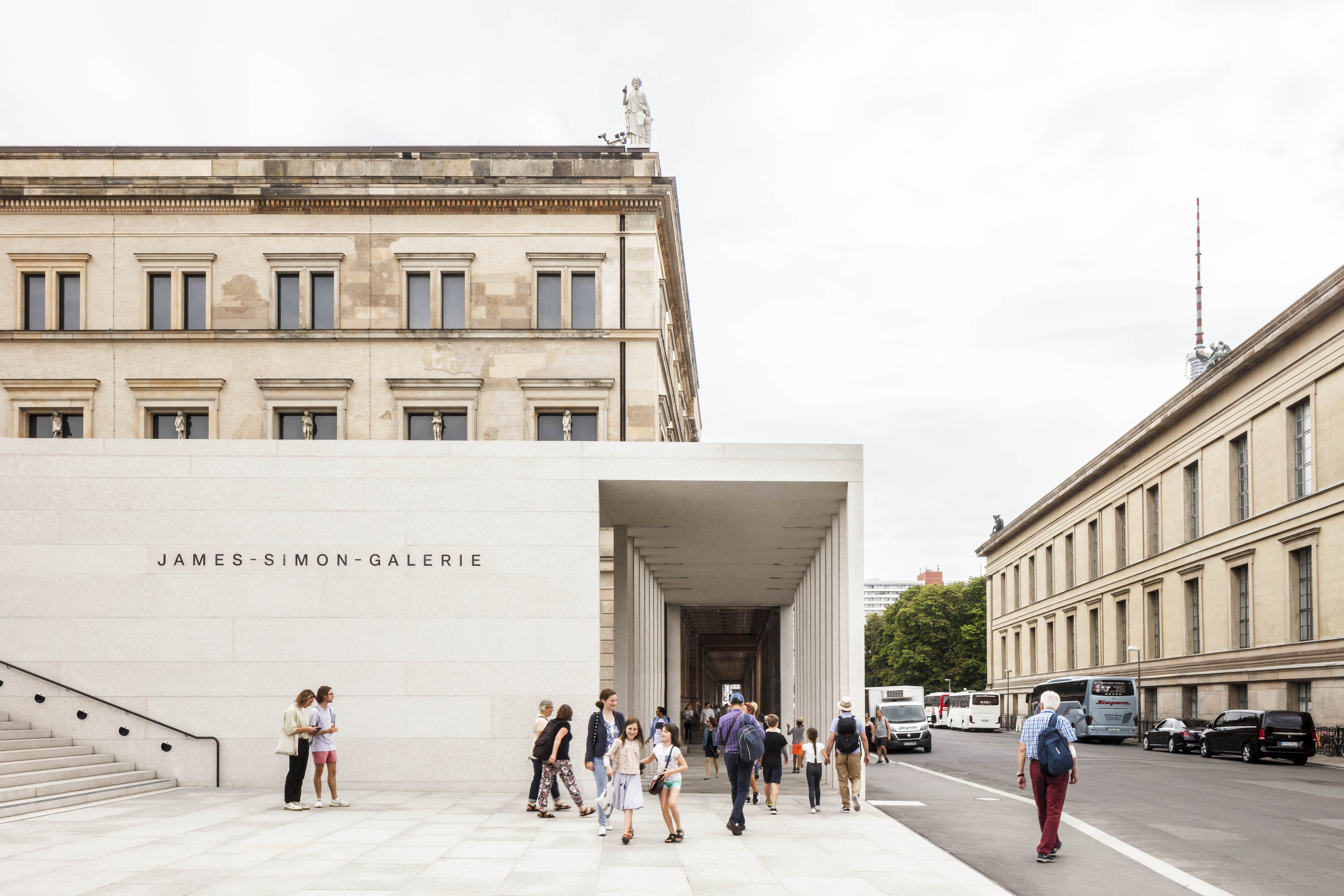
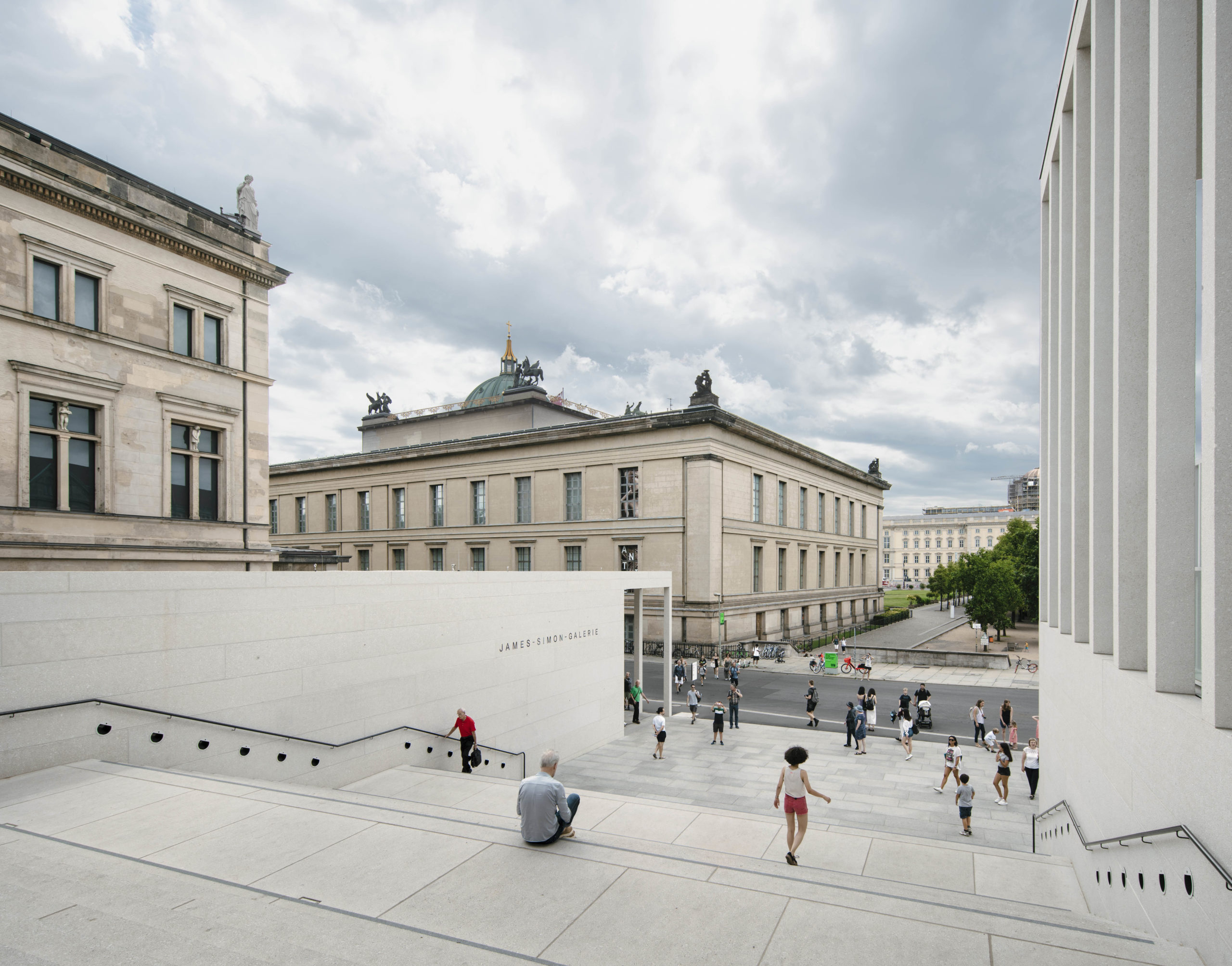
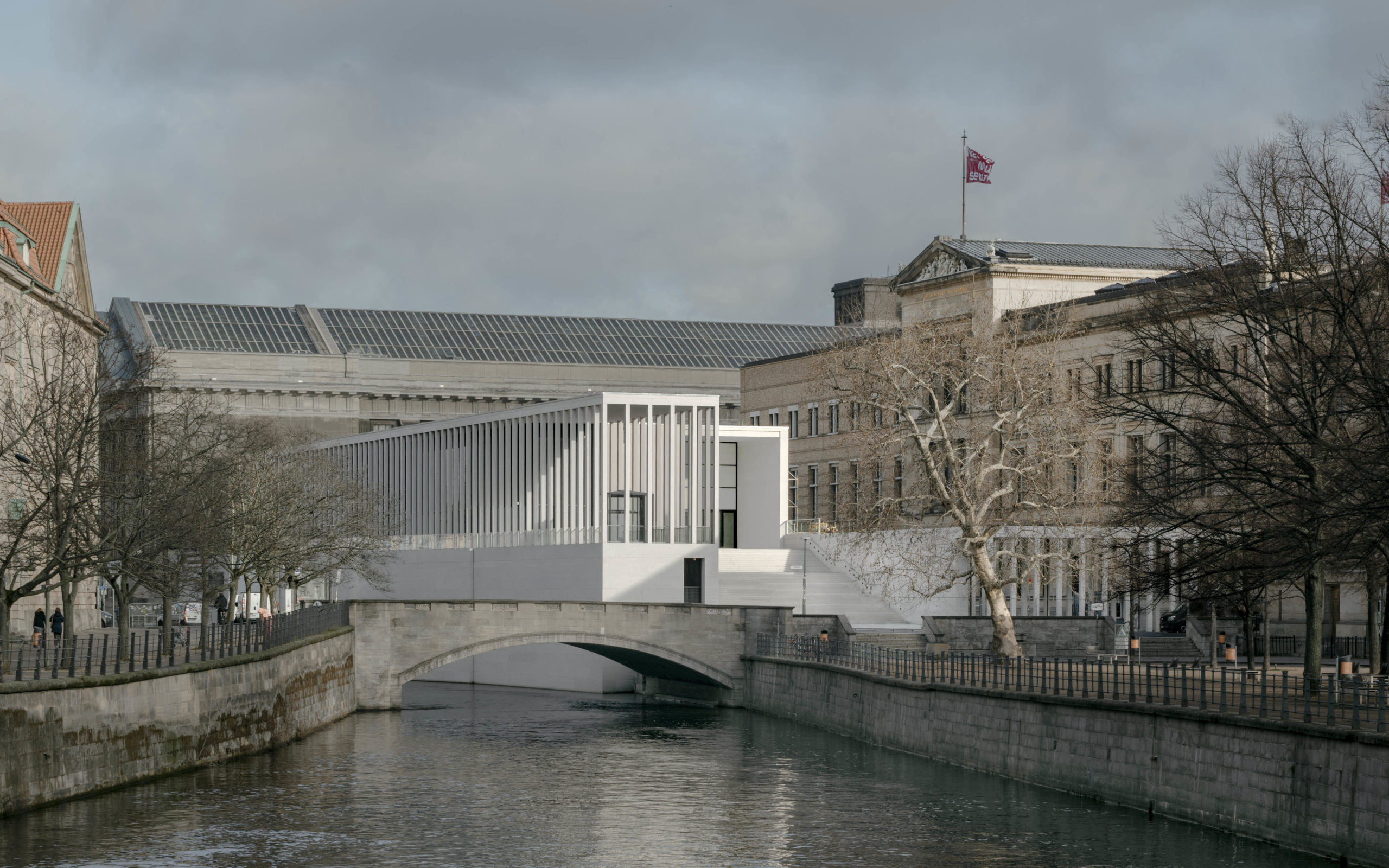
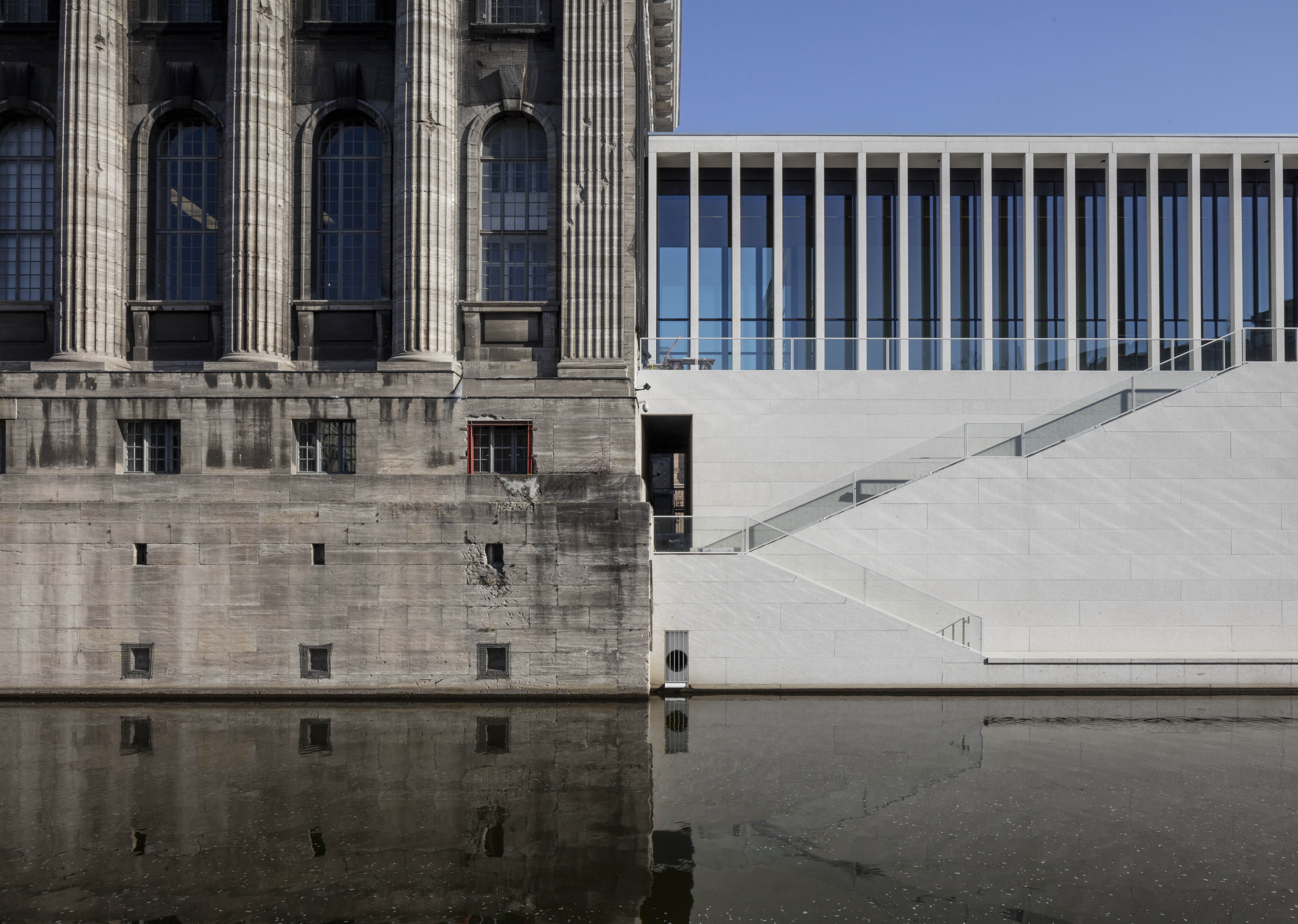
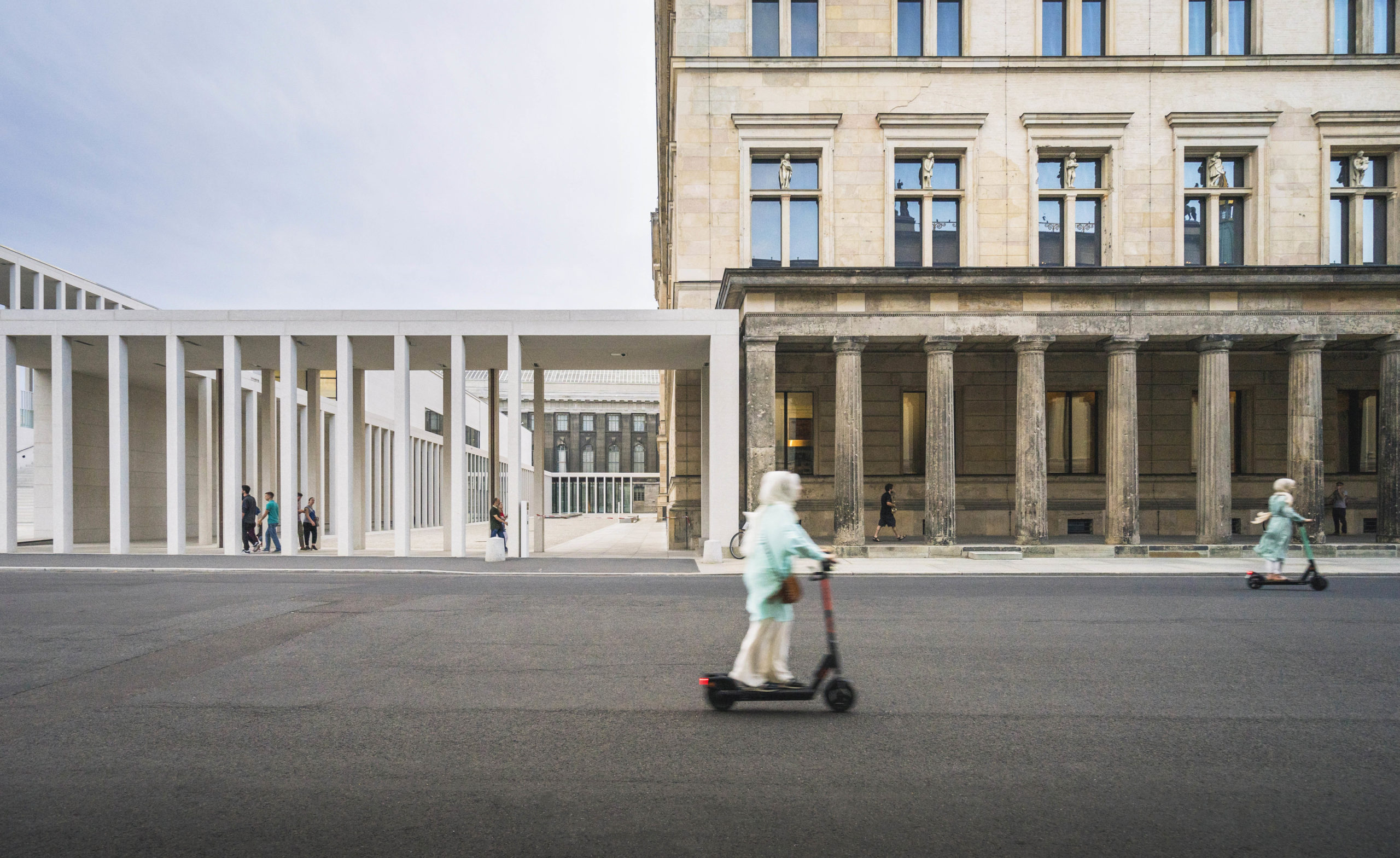
Tom Pritzker, Chairman of the Hyatt Foundation, which sponsors the 2023 Pritzker Prize, declares, “He is confident without being arrogant. He consistently avoids trends to face and keeps the links between heritage and development, serving legacy and humanity. While his creations are works of elegant mastery, he evaluates their success based on how they improve society and the ecosystem.”
A deep understanding of history always informs his eye for detail, and when he undertakes renovation projects, he never wants to substitute the prior building with something new entirely.
In his own words, the Laureate considers himself “The safeguard of significance, remembrance, and legacy in my role as an architect. The built environment of a city is a historical document, as is the design of buildings constructed after a given epoch. Communities are not static; instead, they constantly change and improve. As part of this transformation, we demolish and erect new structures. We make our own decisions, and it’s not enough to think we should only protect the finest. It’s also essential to preserve features that speak to a city’s unique history and culture.”
2) The Neues Museum
The Neues Museum (Berlin, Germany, 2009), which was initially built in the mid-19th century but was rendered uninhabitable during World War II, is another breathtaking project by the 2023 Pritzker Prize winner and exemplifies Chipperfield’s ability to distinguish between restoration, rebuilding, and extension.
A groundbreaking main stairway, with walls that show fragments of ancient artwork and remade materials, even those damaged by wartime marks, is just one example of how the new is in dialogue with the old, bringing about moments of modernity. Its expansive open areas make it a meeting place for everyone, not just museumgoers.
“In a world where many architects see a project as a chance to add to their portfolio, he reacts to each project with specialized methods that he has chosen with precision and precaution,” says Alejandro Aravena, Jury Chair, and 2016 Pritzker Prize Recipient. “It calls for powerful, monumental gestures at times and a near-invisible presence at others. After all, his structures are built to last because he is motivated to do good for society. He’s been around forever because he ignores trends.”
3) Procuratie Vecchie
His work on the Procuratie Vecchie (Venice, Italy, 2022) reimagined the 16th-century building’s municipal function, making it possible for the public to enter this central city landmark for the first time.
Through his methods, he promotes collaboration, staying true to his conviction that building construction and artistic skill are inextricably linked. He employed local artisans and builders to produce contemporary complementary treatments like vertical circulation while restoring historical murals, terrazzo, pastellone flooring, and plasterworks.
Rooftop patios, exhibition and event spaces, a theater, and an enfilade of arches branching into halls are now visible, thanks to the building’s restoration.
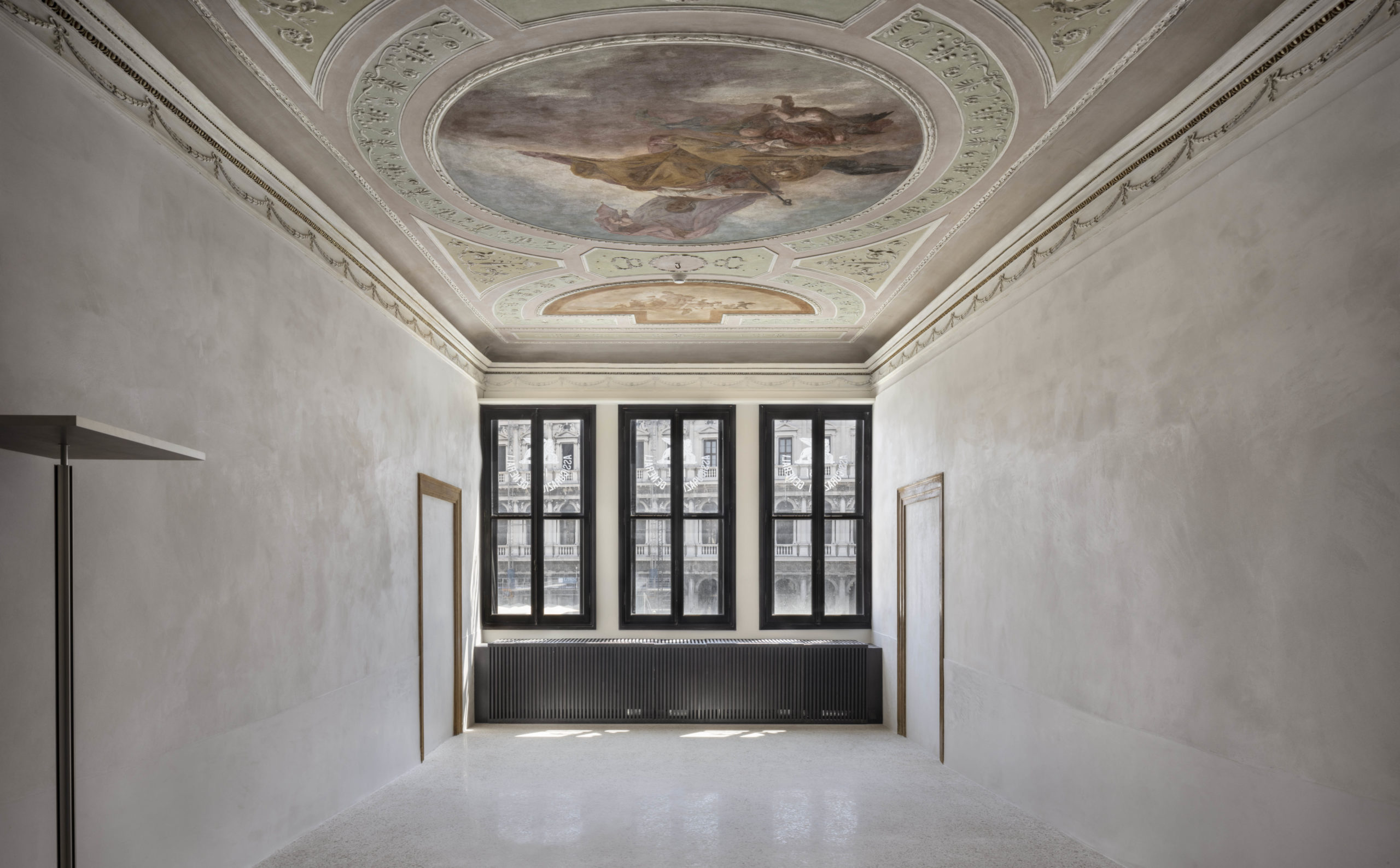

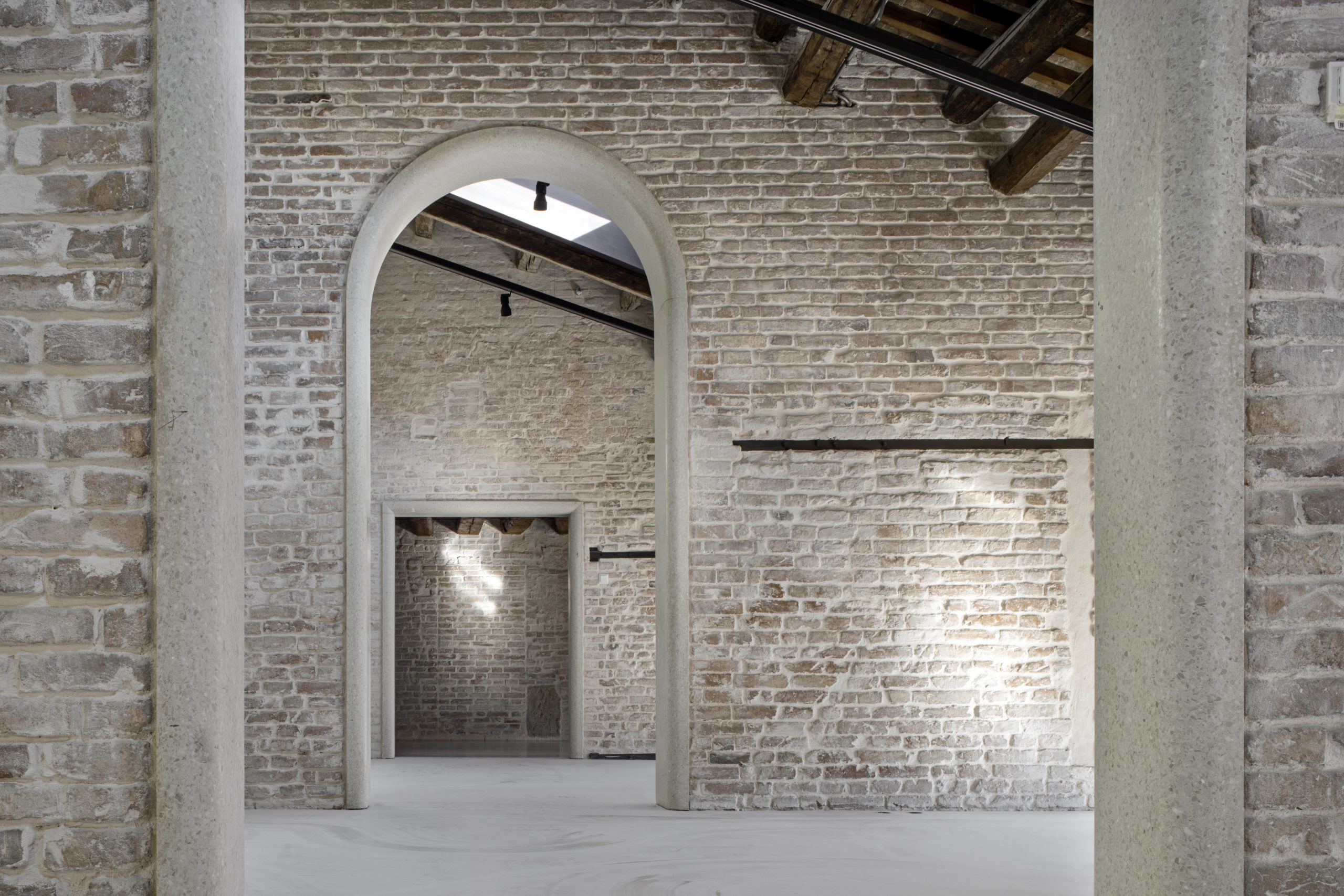
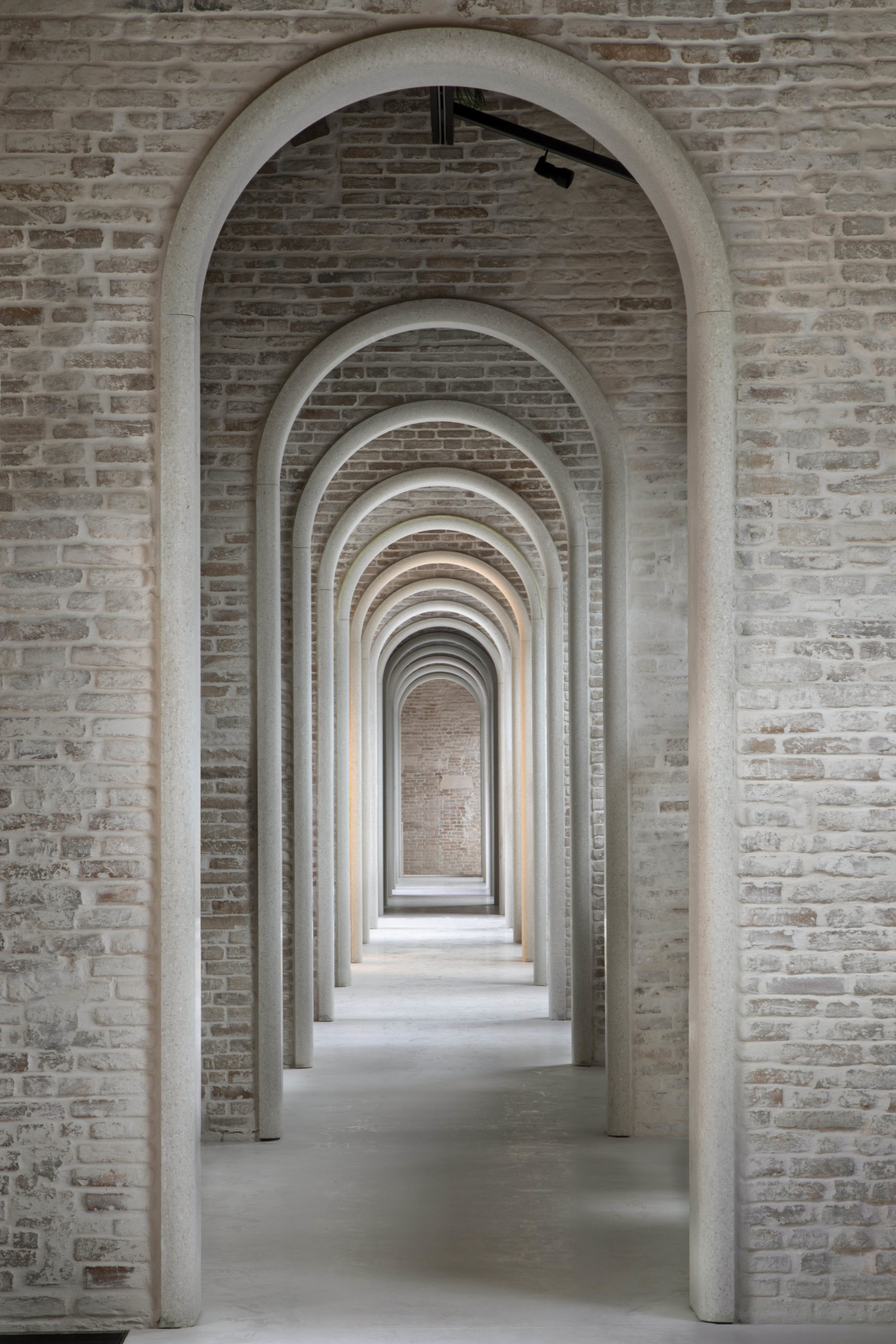
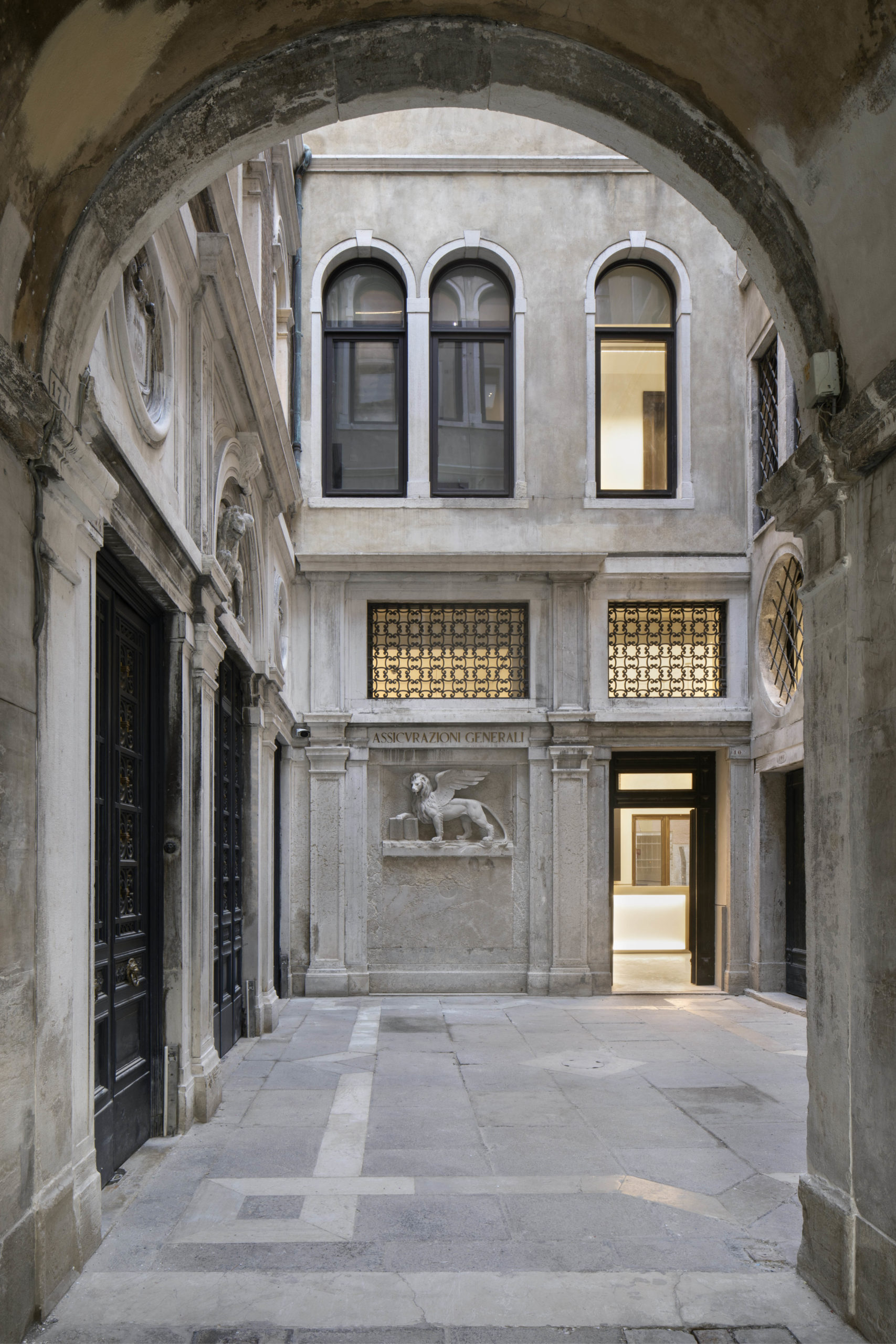
4) America’s Cup Building ‘Veles e Vents’
In this sense, even a project like America’s Cup Building ‘Veles e Vents’ (Valencia, Spain, 2006) — a transitory leisure facility for offshore teams and sponsors — can be seen as a civic endeavor benefiting society.
Sloped observation decks, known as miradors, are notably spacious, with some measuring 15 meters in width and circling the entire perimeter of each intertwining floor. Chipperfield incorporates a public program, including retail spaces on the ground level and an open deck with unobstructed views of the canal and city below. The park to the north of the building is easily accessible via a lift from this floor.
5) Morland Mixité Capitale
The 2023 Pritzker Prize winner renovated and expanded the area to create Morland Mixité Capitale (Paris, France, 2022). It features low- and high-end apartments, shops, restaurants, a hotel, a youth hostel, an exhibition space, and a rooftop park.
Chipperfield has created a new visible and physical pathway to the Seine River from Boulevard Morland by elevating the new volumes on vaulted load-bearing arcades that continue along at the foot of the original building.
6) The headquarters for Amorepacific
By constructing public and private structures, he gives people the means to live together and share in the community while safeguarding their independence and encouraging them to feel like they belong to something significantly more prominent than themselves. The Amorepacific offices in Seoul, Republic of Korea (2017) is a fantastic illustration of this, as the building successfully balances the needs of its occupants by providing both a place to focus and relax after a long day.
Vertical aluminum fins provide solar shading across the glass façade, assisting temperature fluctuations and natural ventilation and producing a radiance that promotes harmony between the building’s occupants, neighbors, and onlookers.
A public courtyard, museum, library, theater, and dining options counterbalance the building’s office area. A central courtyard provides vistas of the surrounding architecture, and hanging gardens connect the indoors to the outdoors.
7) Inagawa Cemetery Chapel and Visitor Center
In the Hokusetsu Mountains, the tangible and the metaphysical coexist at the Inagawa Cemetery Chapel and Visitor Center (Hyogo, Japan, 2017).
The isolated non-denominational sanctuary and visiting center set diagonally from one another, reflect these intertwined expressions through their earth-toned concrete buildings, staircases, and pathways in the sloping terrain.
“We do not see a recognizable David Chipperfield building in various cities; rather, we see various David Chipperfield buildings designed especially for each situation. Each emphasizes its influence even as his buildings create new links with the neighborhood,” the 2023 Pritzker Prize Citation continues.
“His architectural style strikes a delicate equilibrium between fidelity to basic design standards and sensitivity to regional traditions. David Chipperfield’s buildings combine European classicism, British complexity, and Japanese finesse. A product of different cultures coming together.”
Other notable projects include the River and Rowing Museum in Henley-on-Thames (UK), BBC Scotland headquarters in Glasgow (UK), Campus Saint Louis Art Museum in Missouri (USA), Campus Joachimstraße in Berlin (Germany), Museo Jumex in Mexico City (Mexico), One Pancras Square in London (UK), Royal Academy of Arts masterplan in London (UK) in 2018, and finally the Kunsthaus Zürich in Switzerland (CH) (Zurich, Switzerland, 2020).
Sir David Alan Chipperfield, the Winner of the 2023 Pritzker Prize, is the 52nd recipient of this prestigious award. In addition to his home in London, he oversees offices in Berlin, Milan, Shanghai, and Santiago de Compostela. In May of 2023, Athens, Greece, will be the scene of the annual Pritzker Prize celebration.
